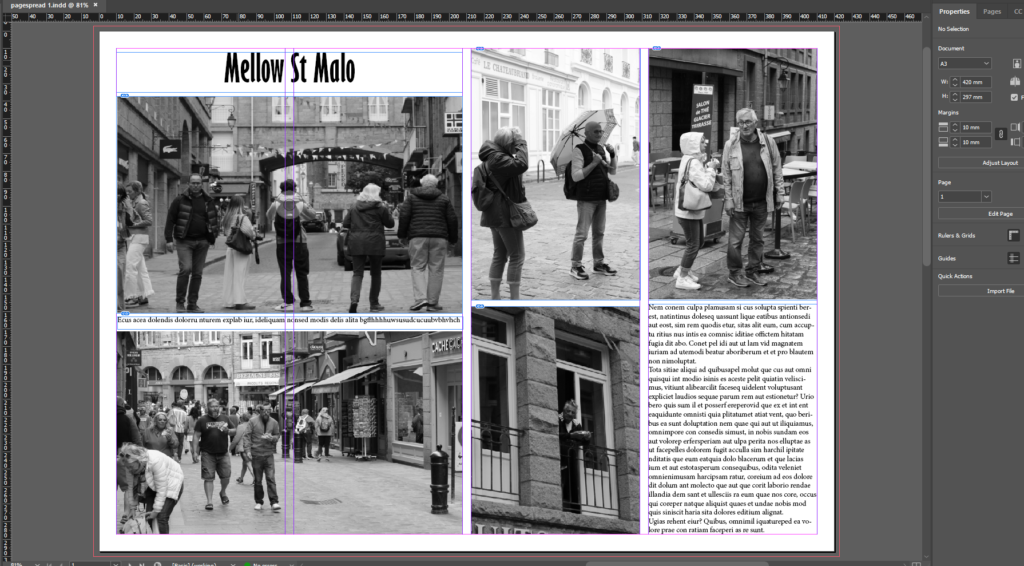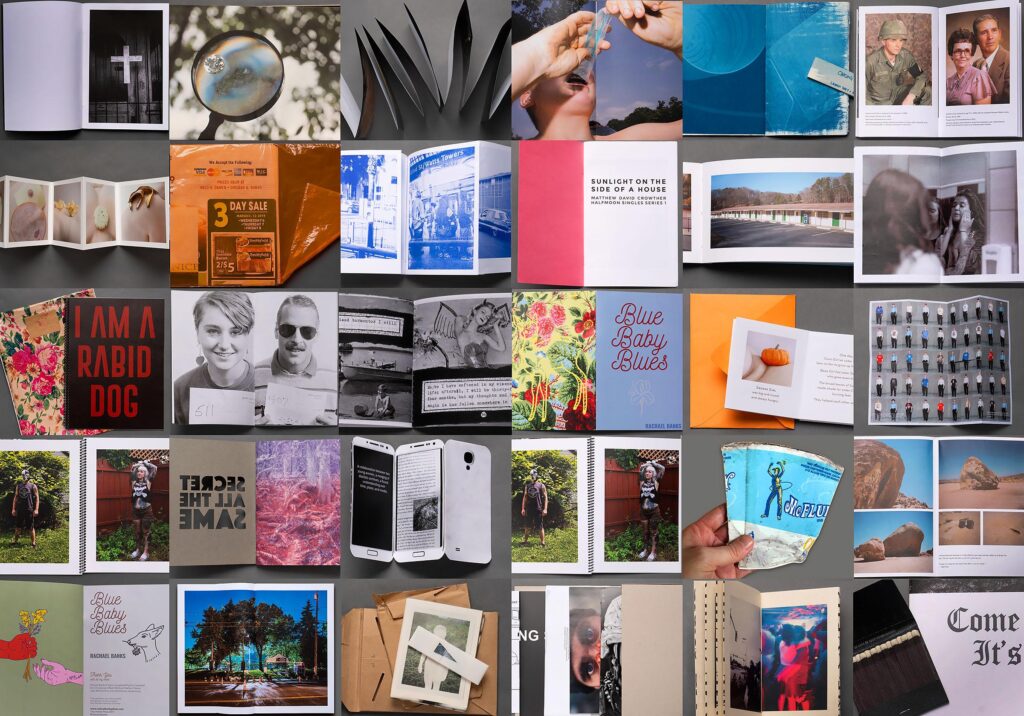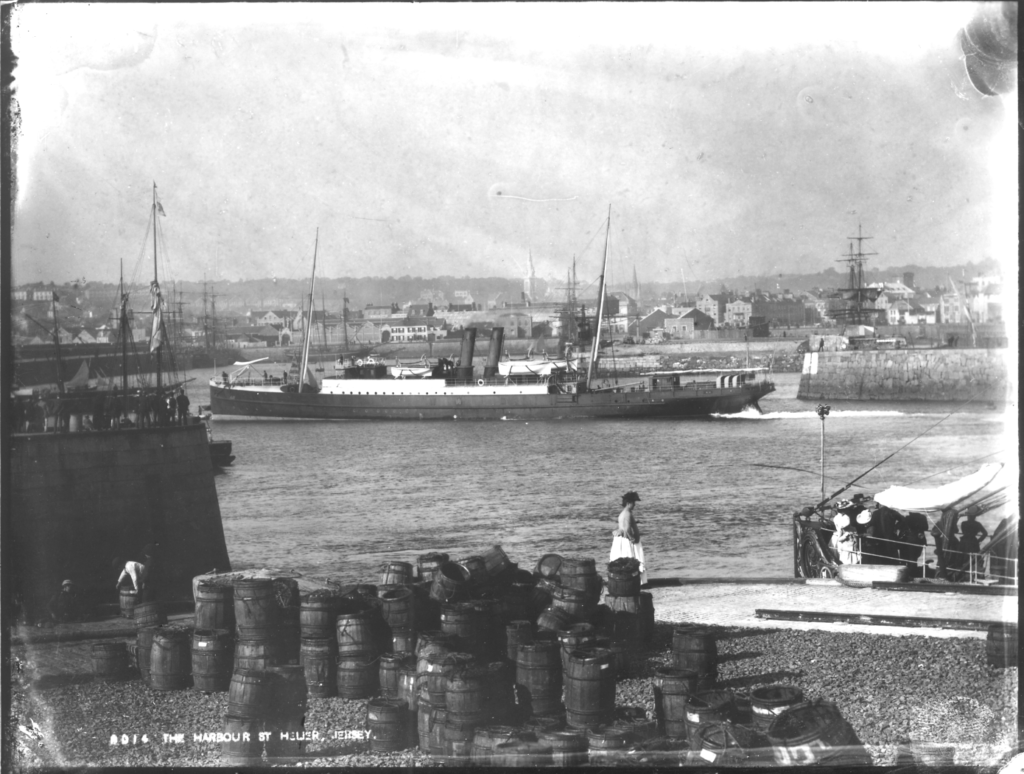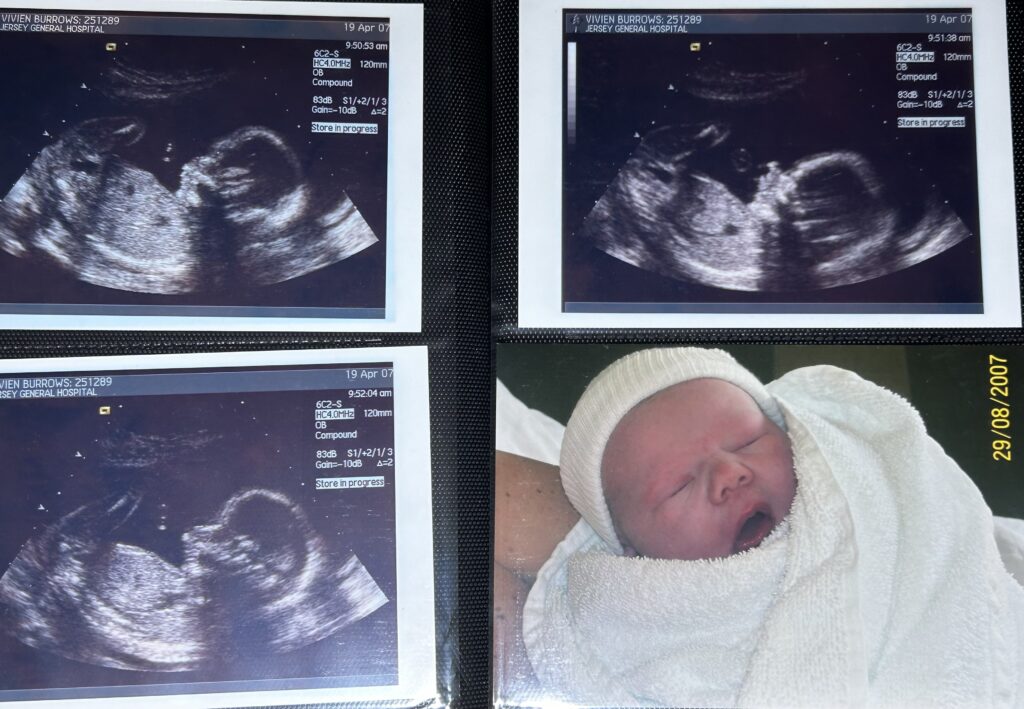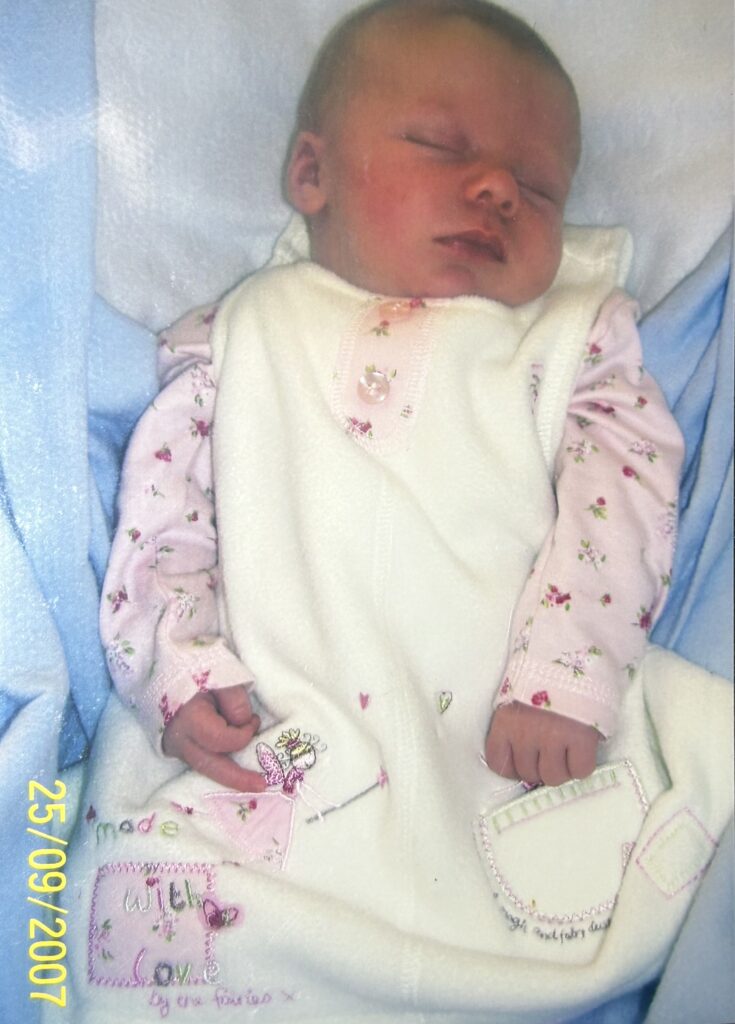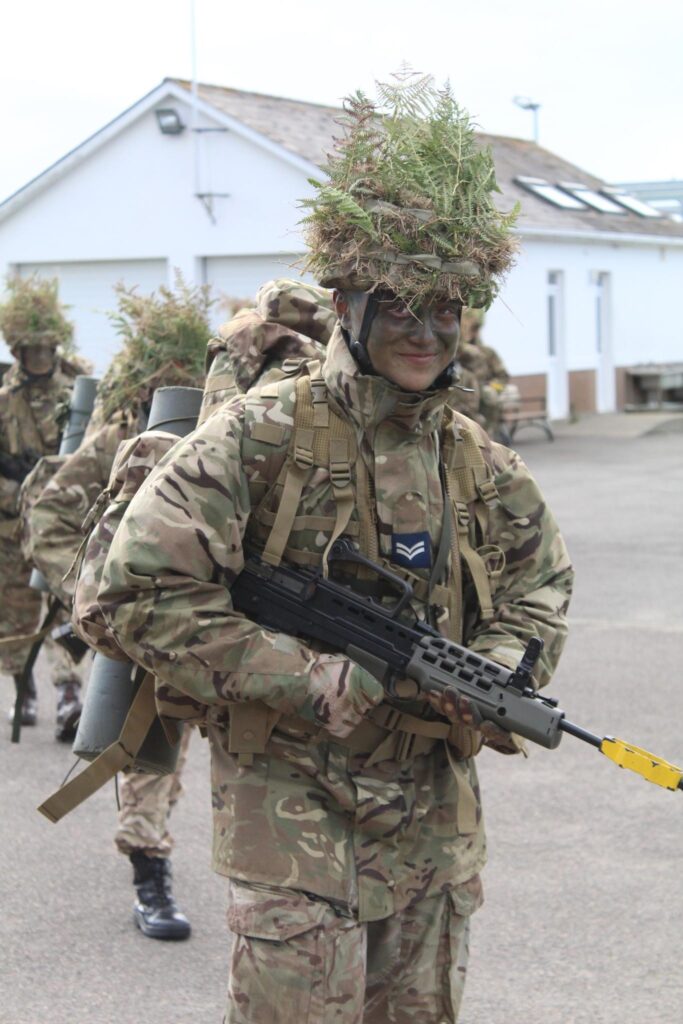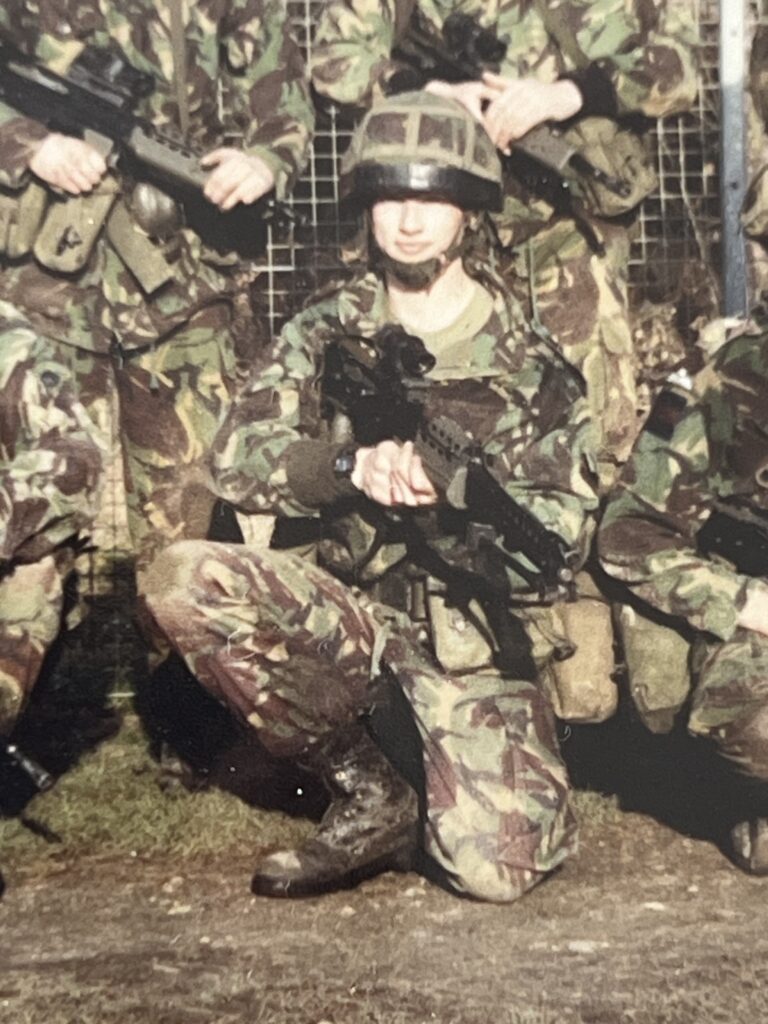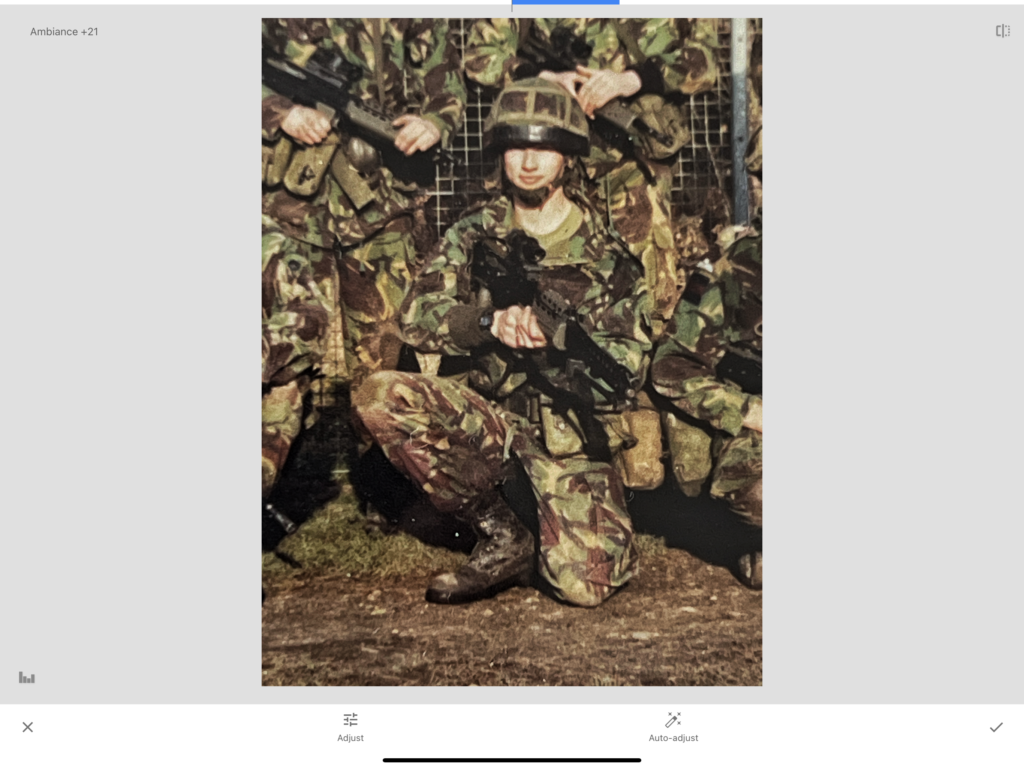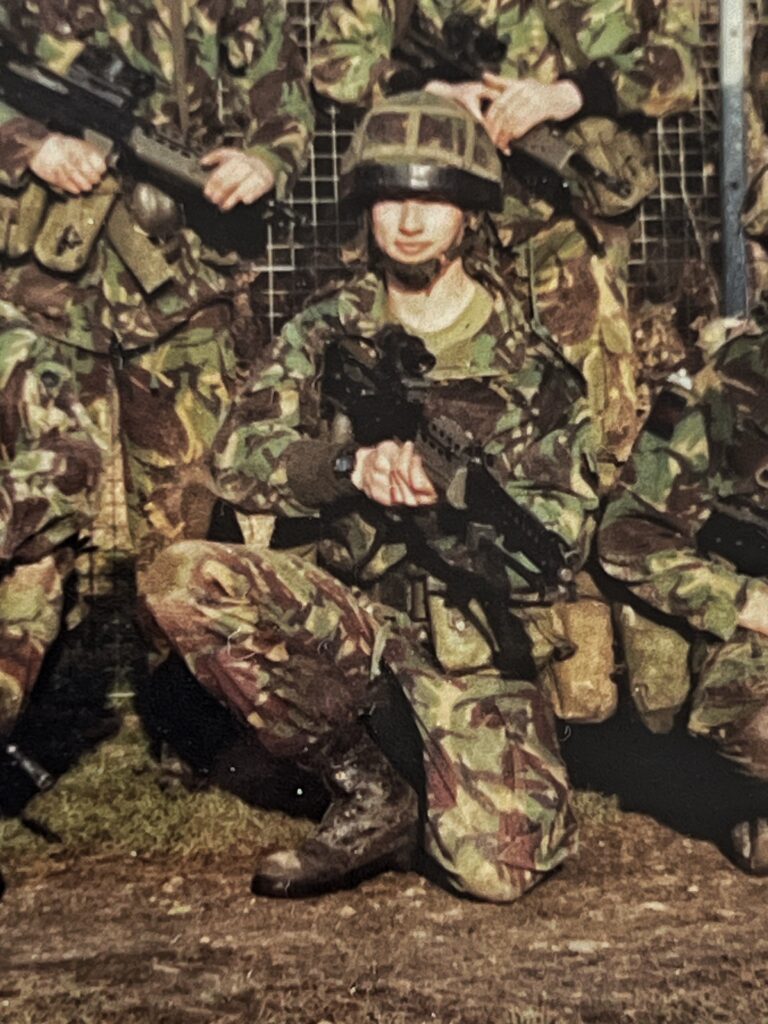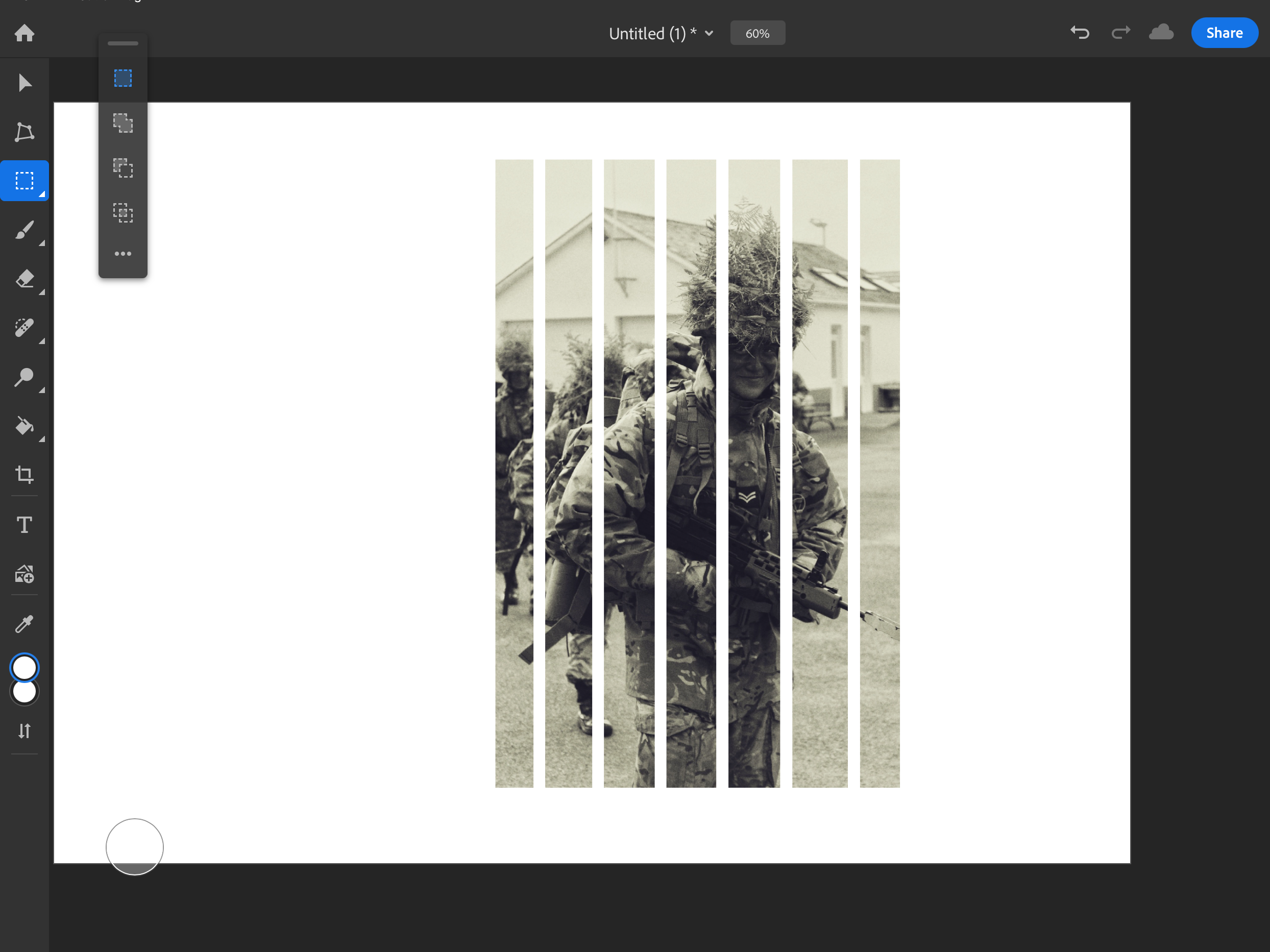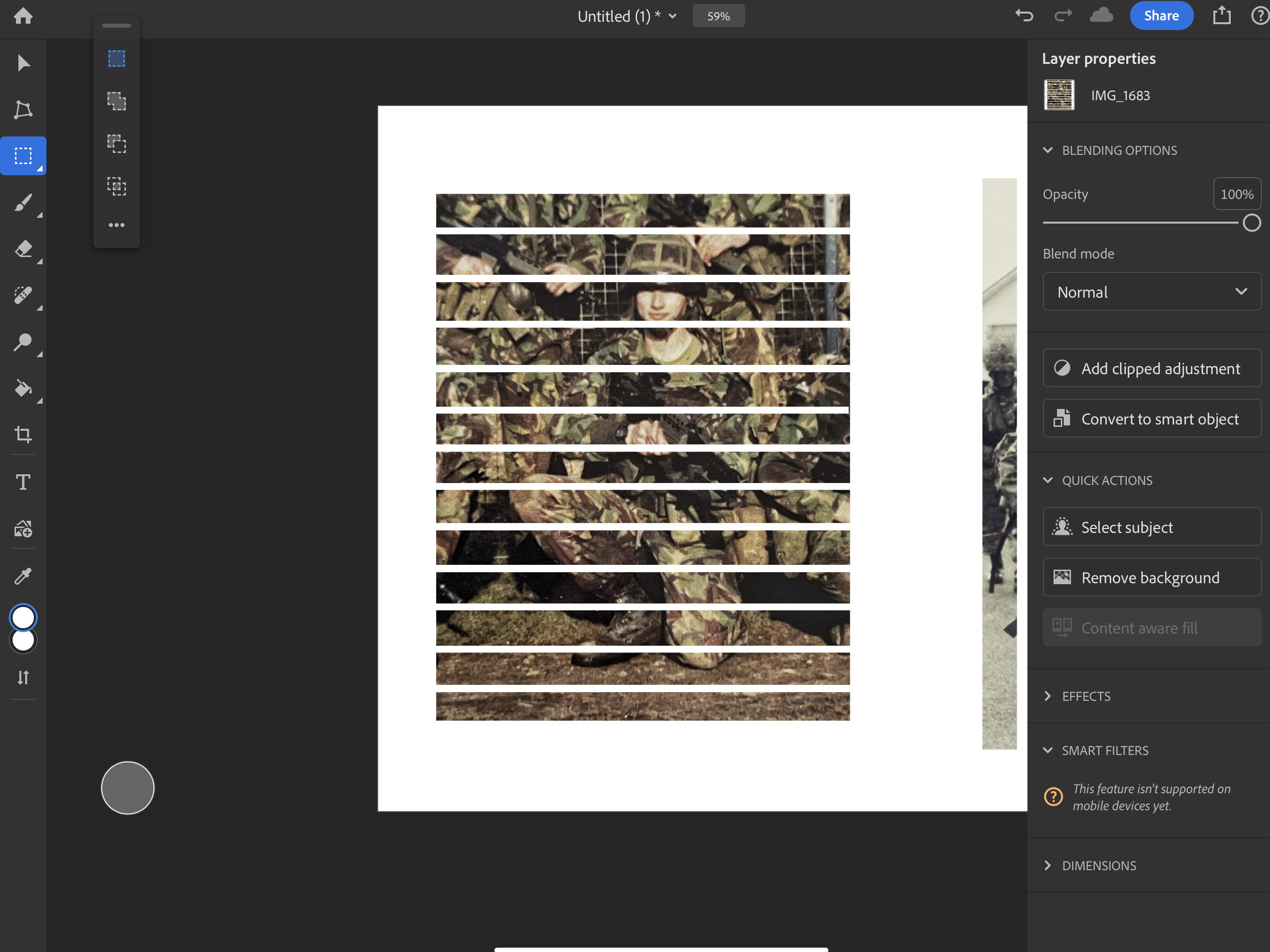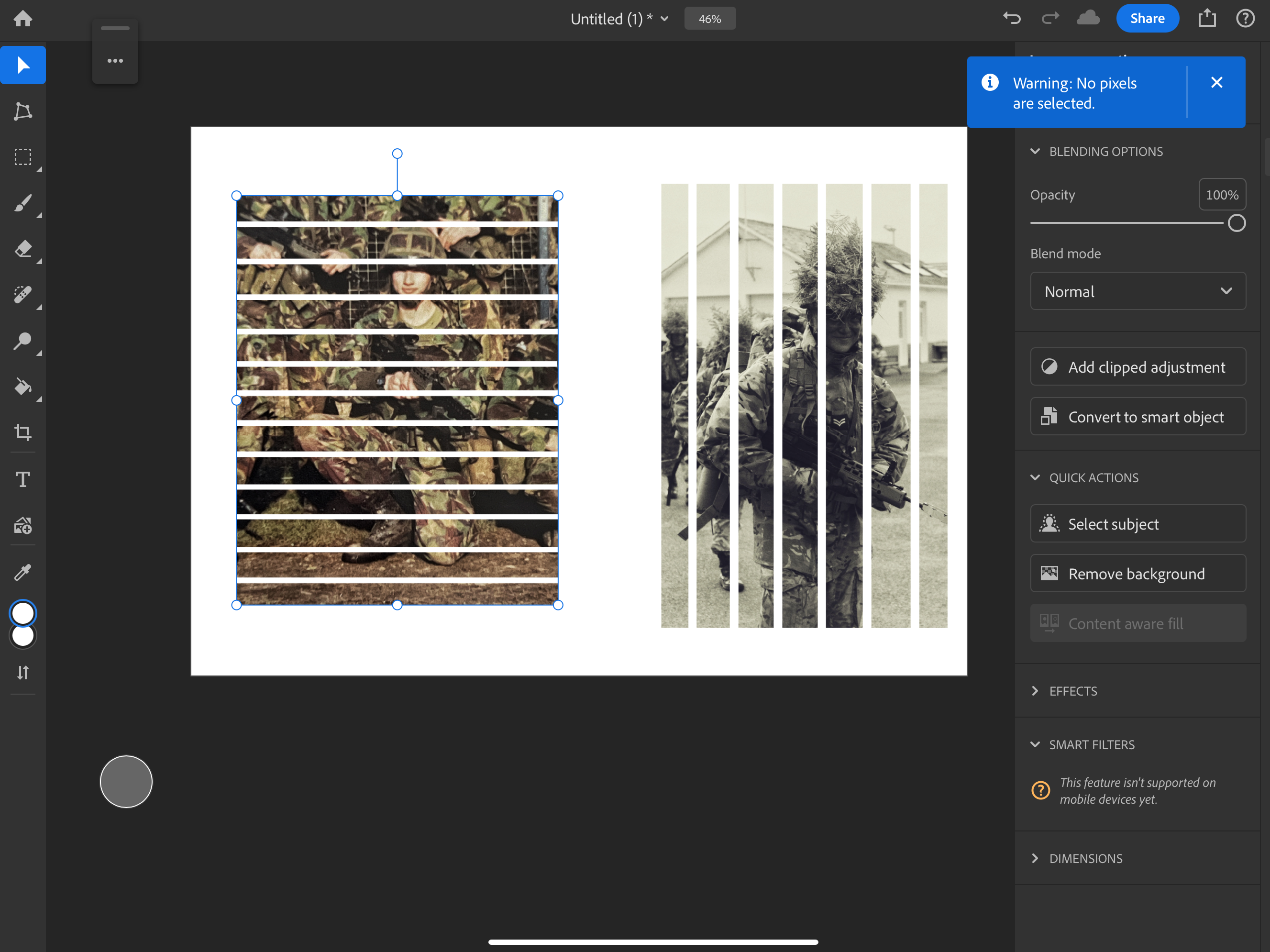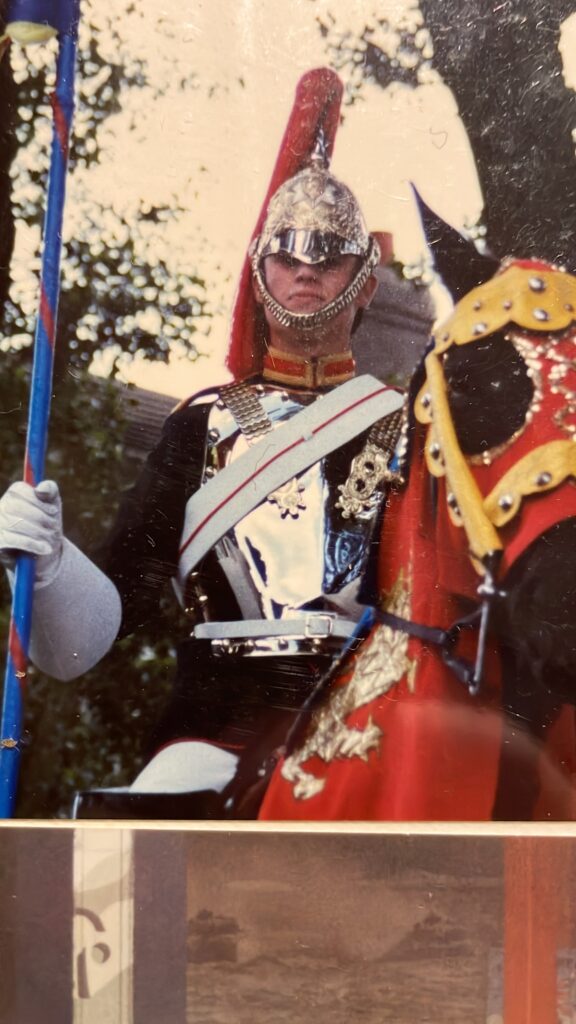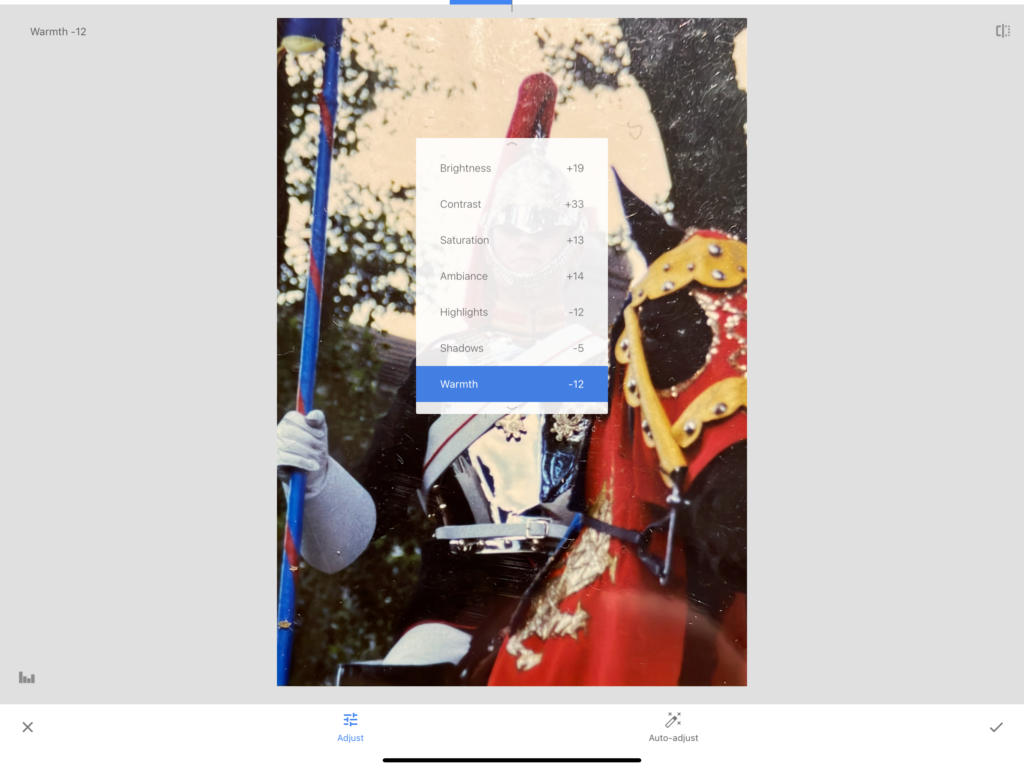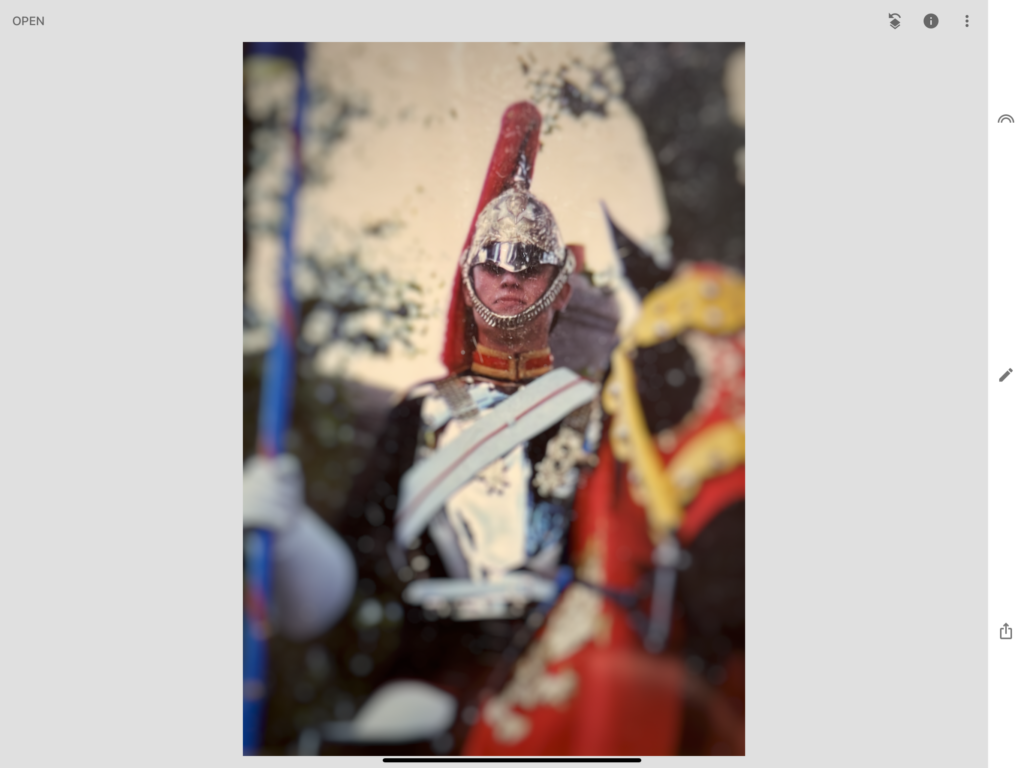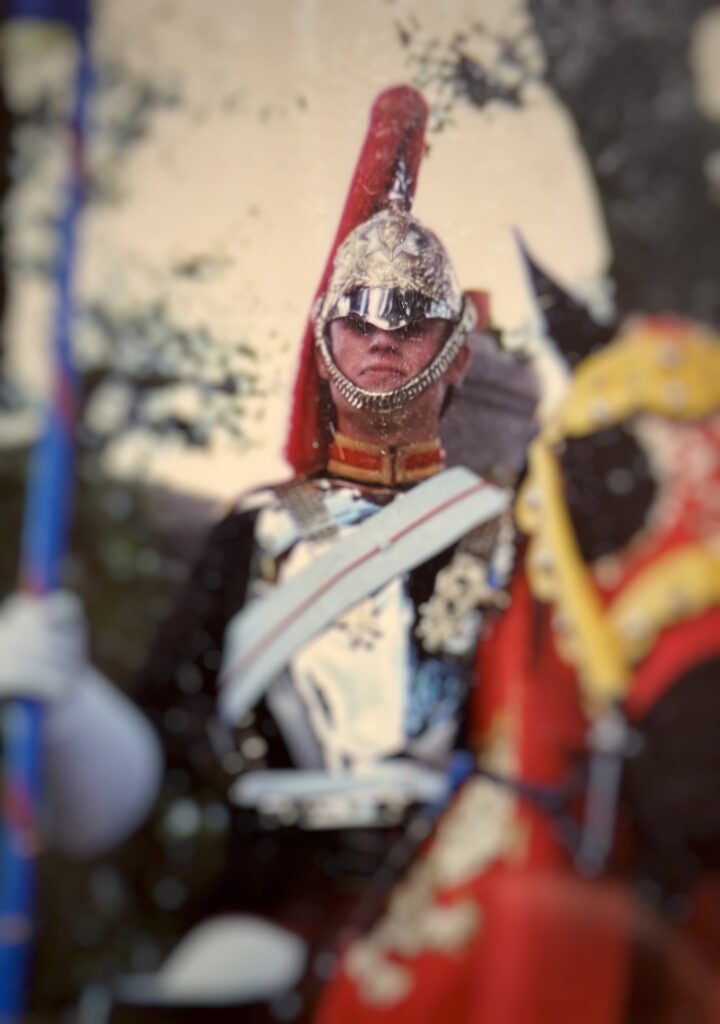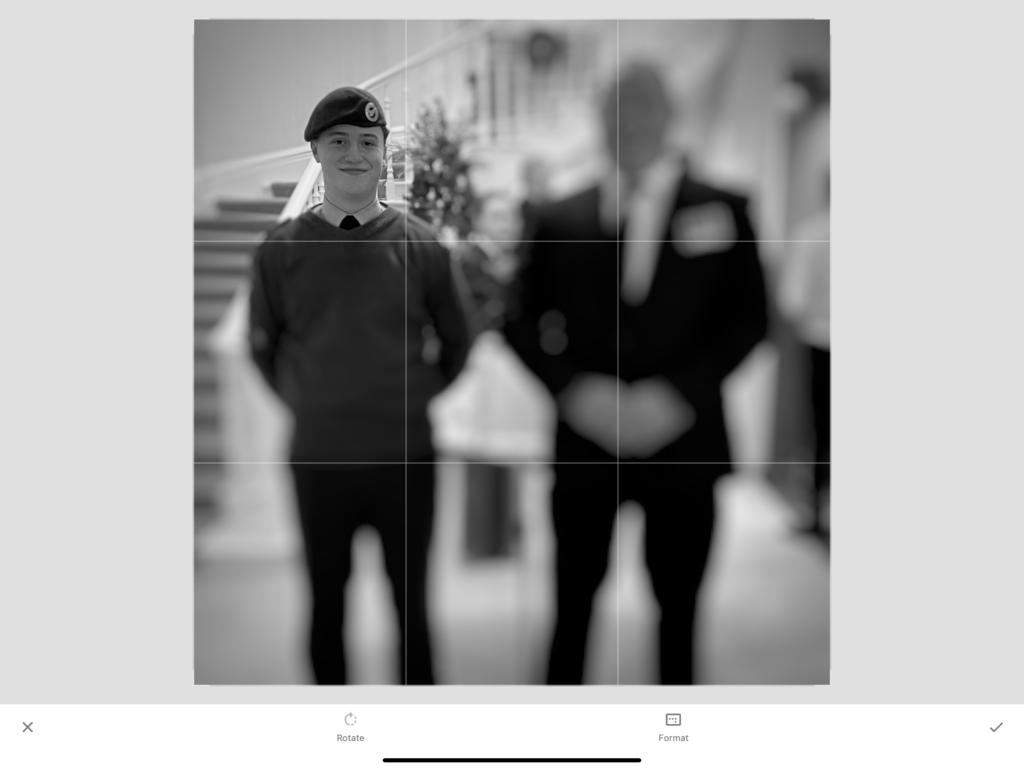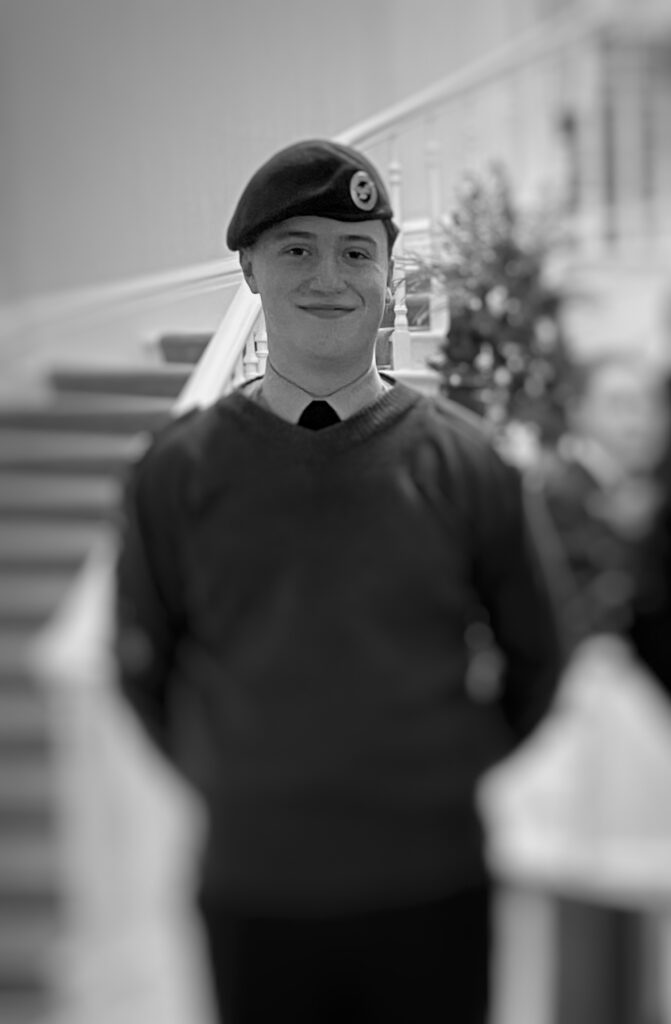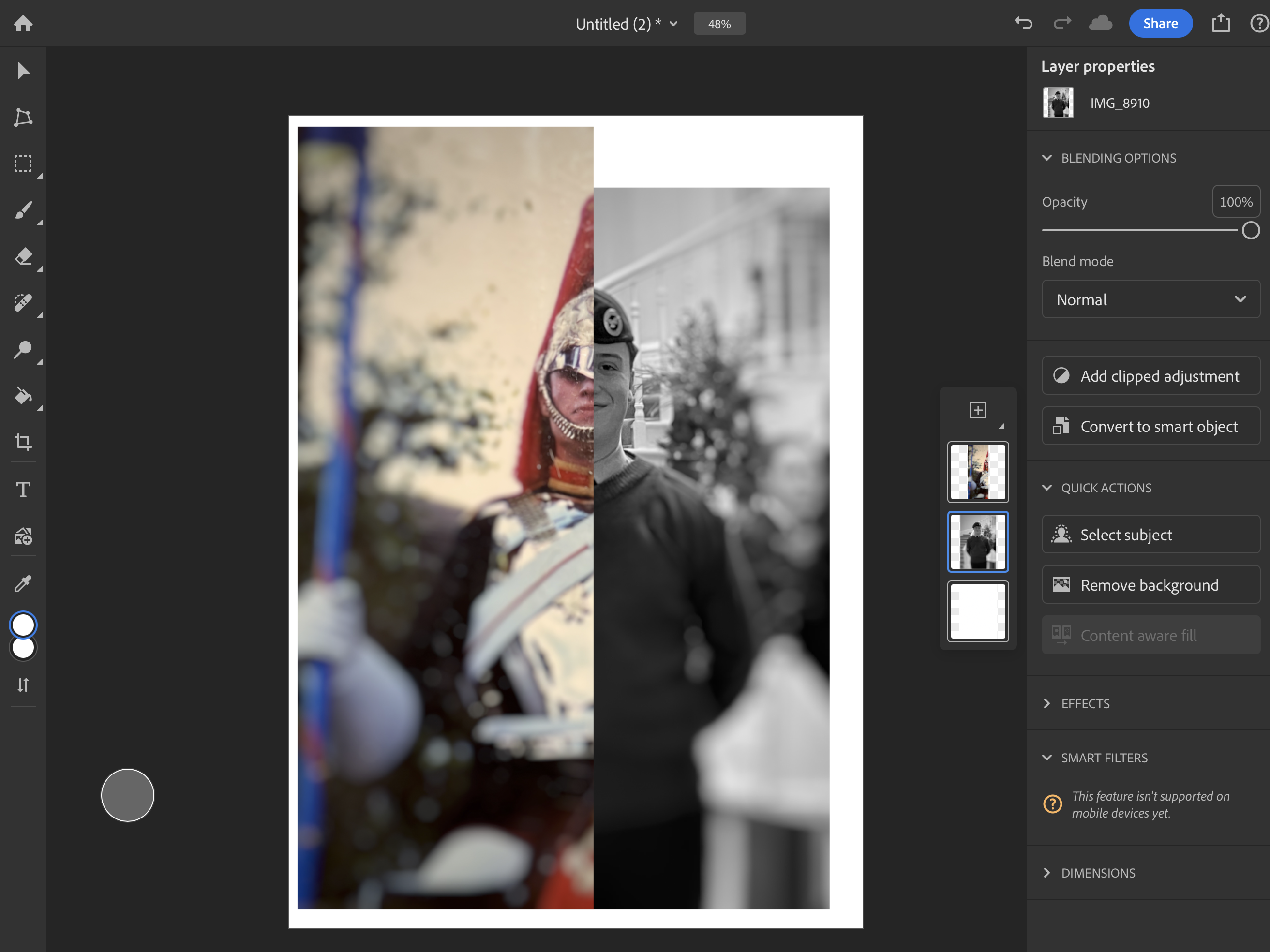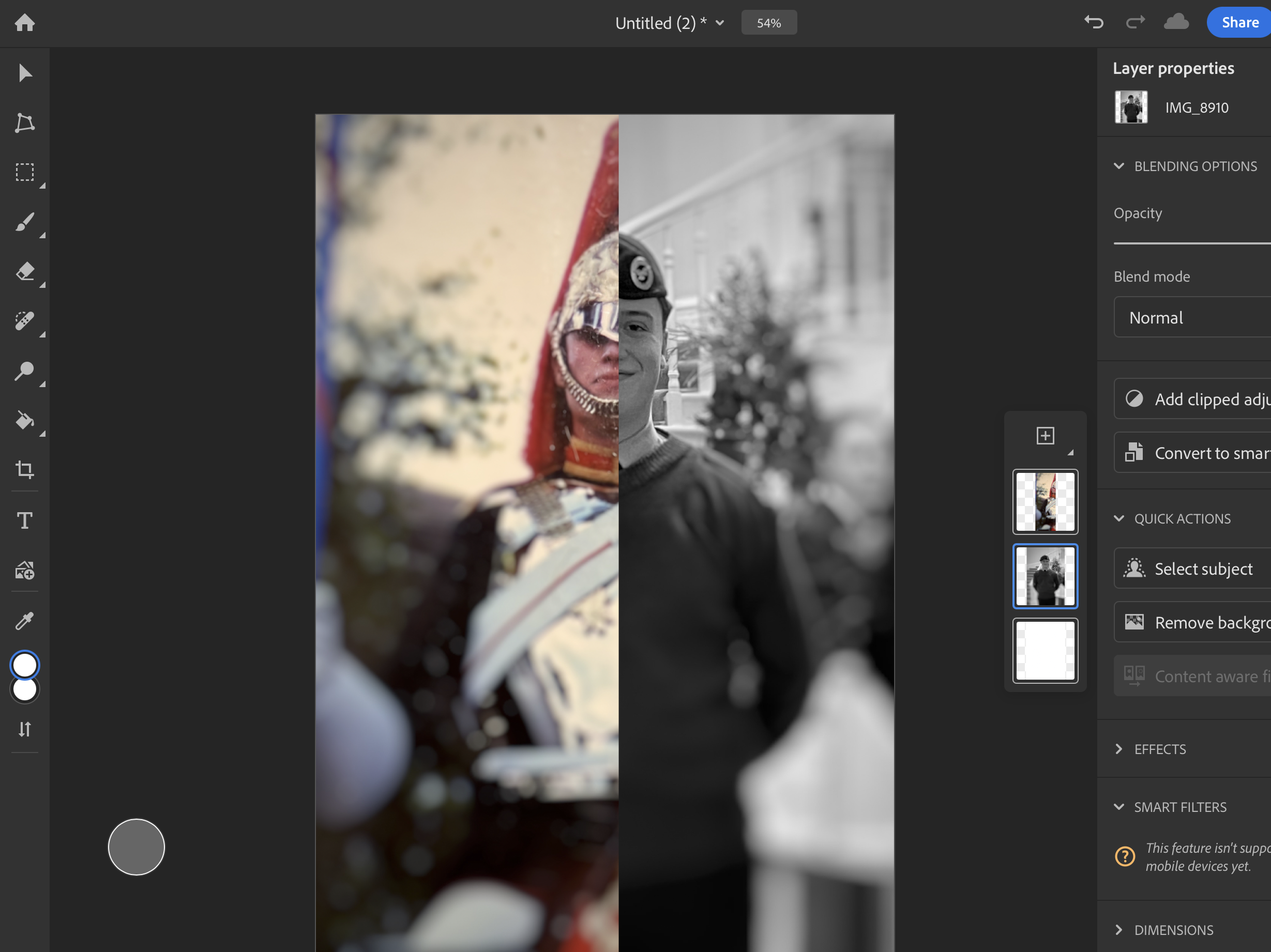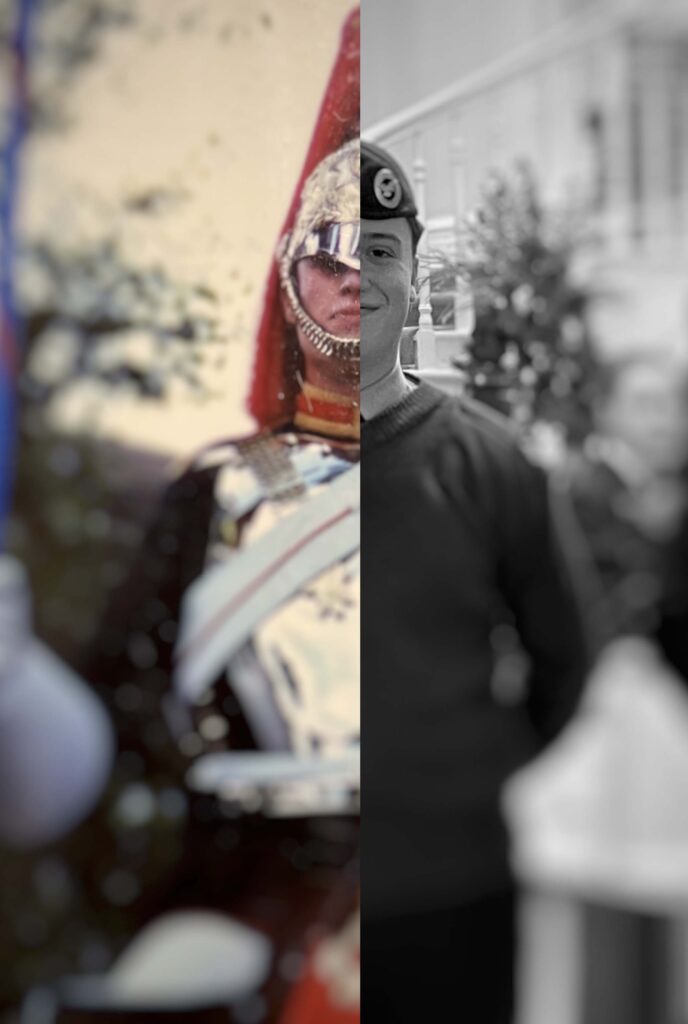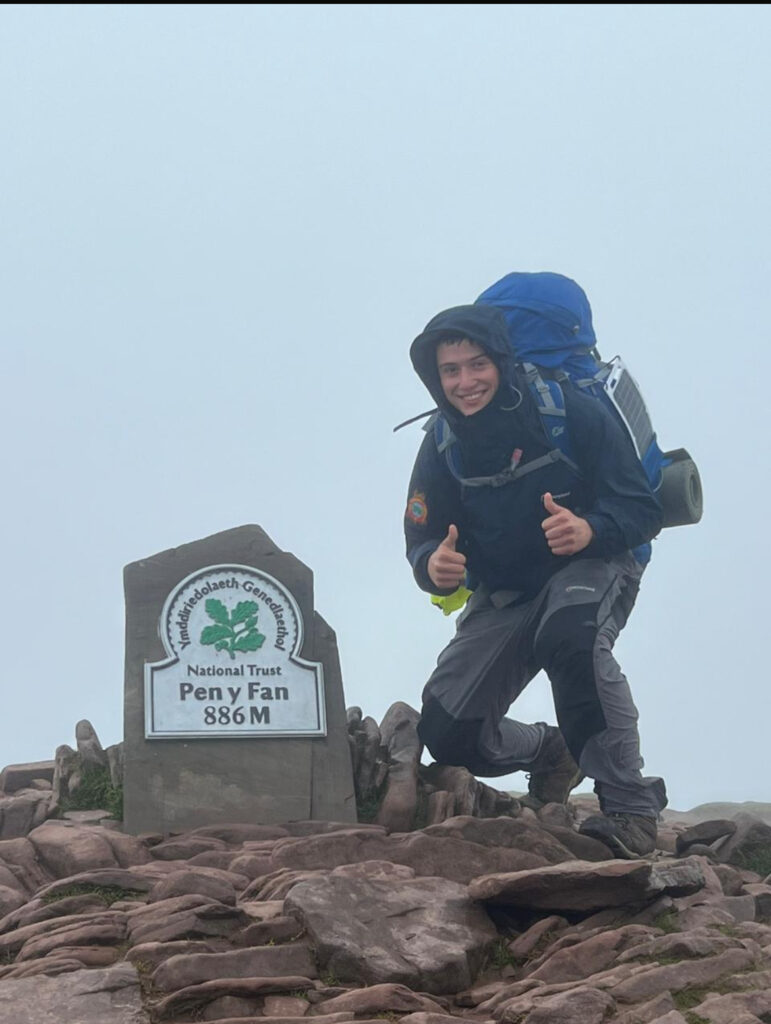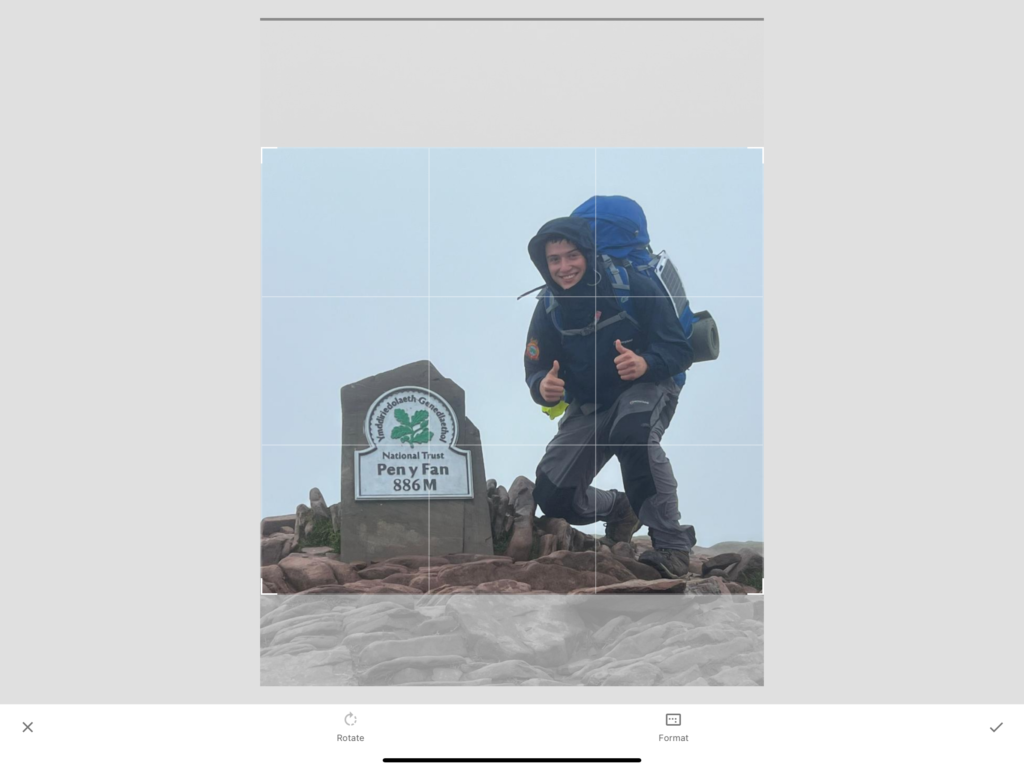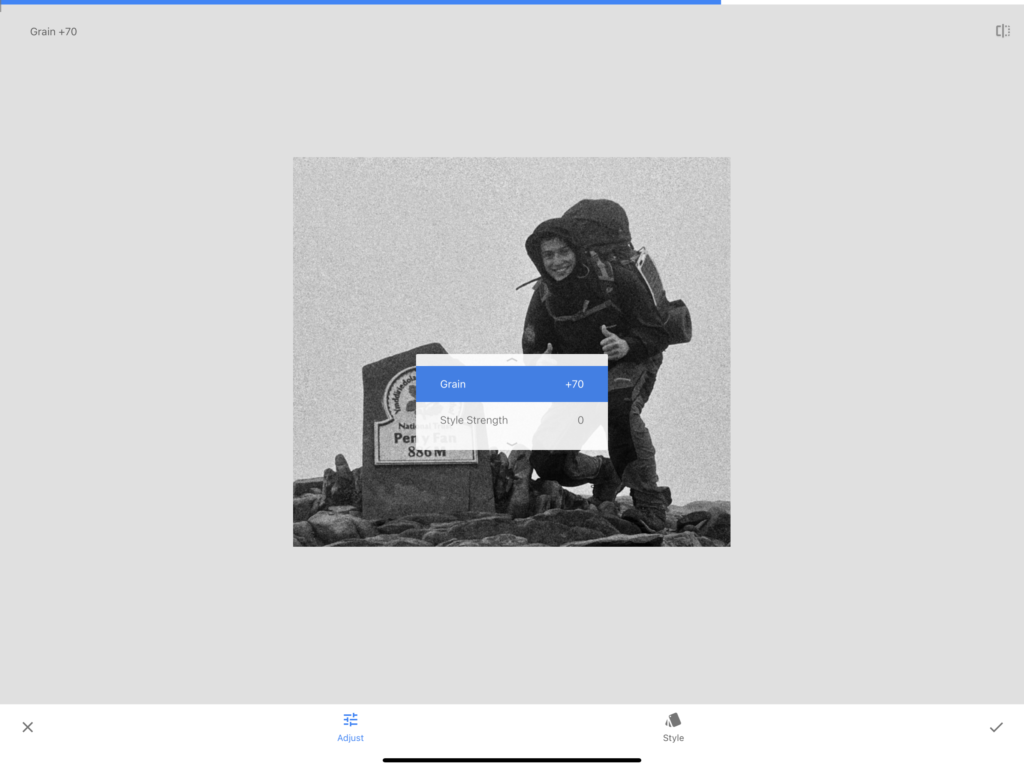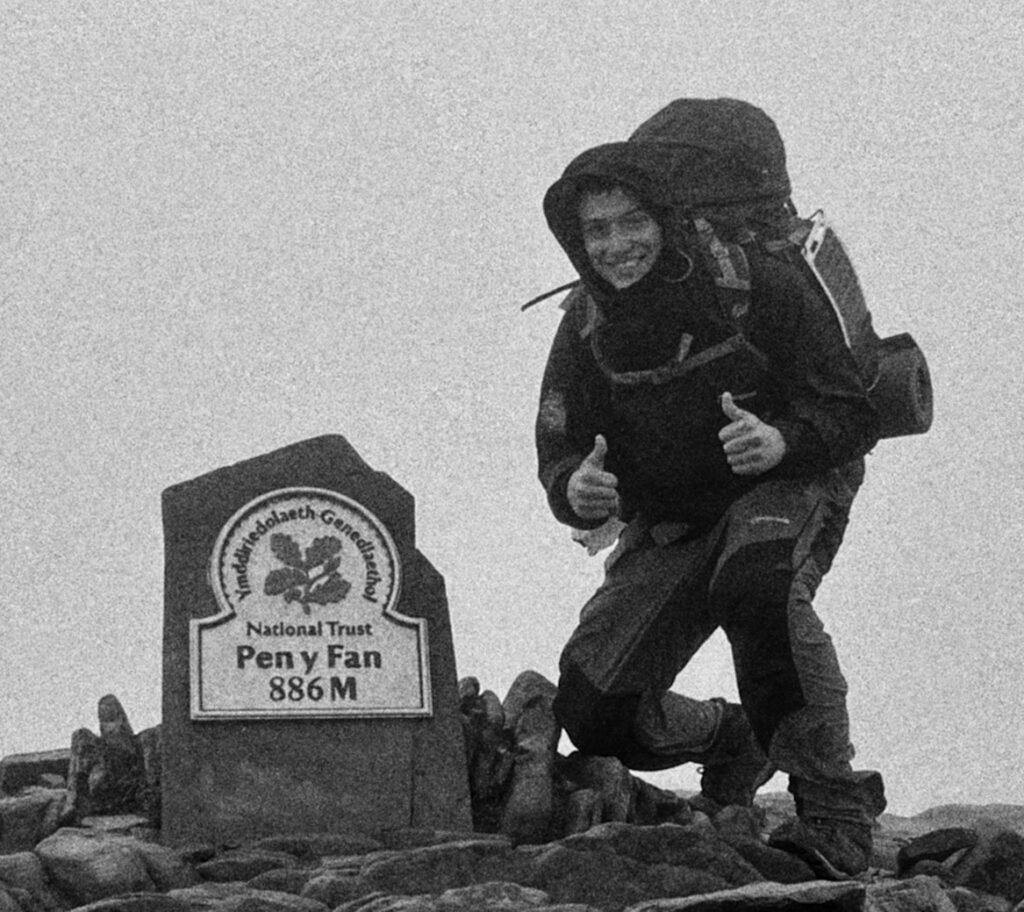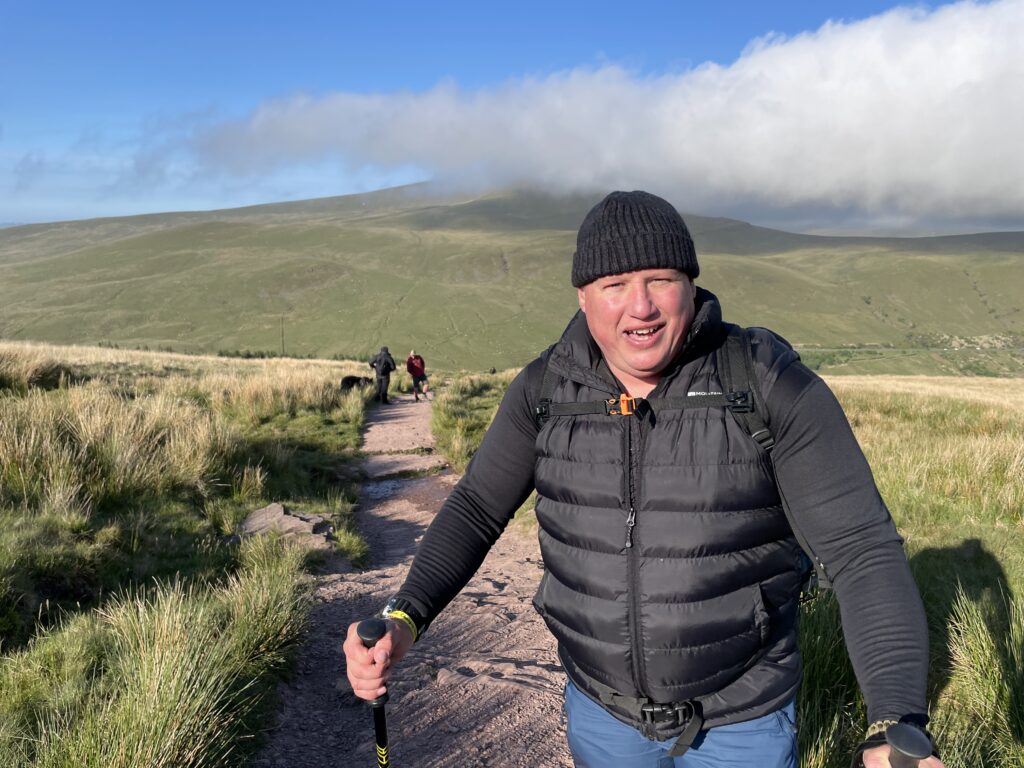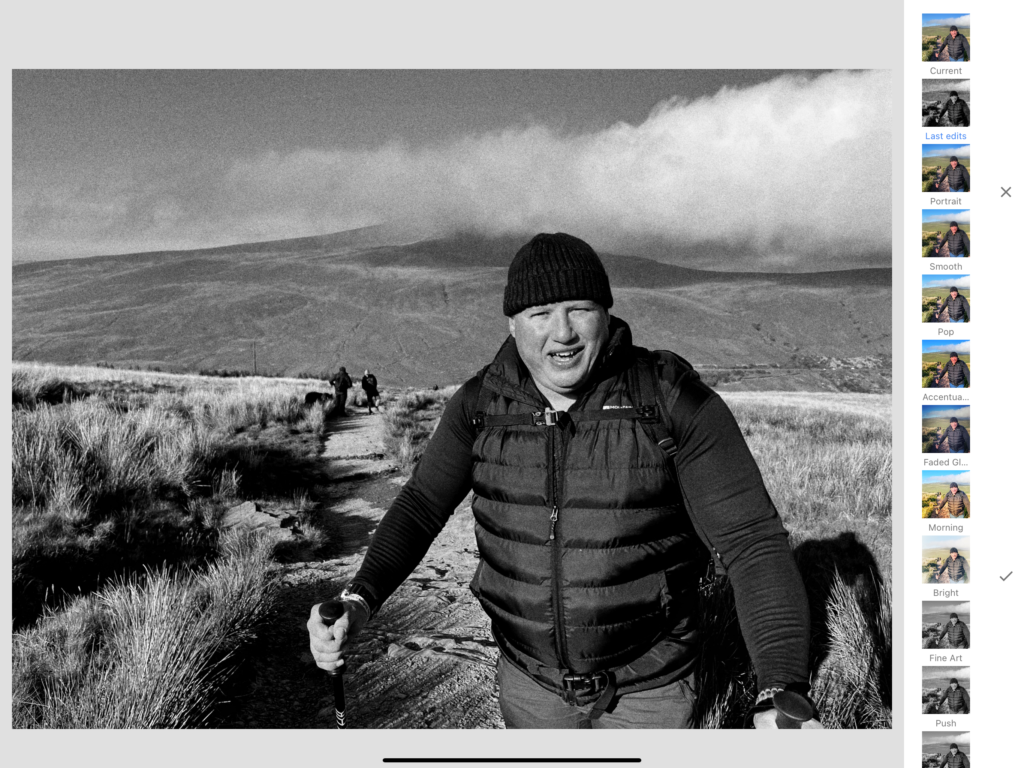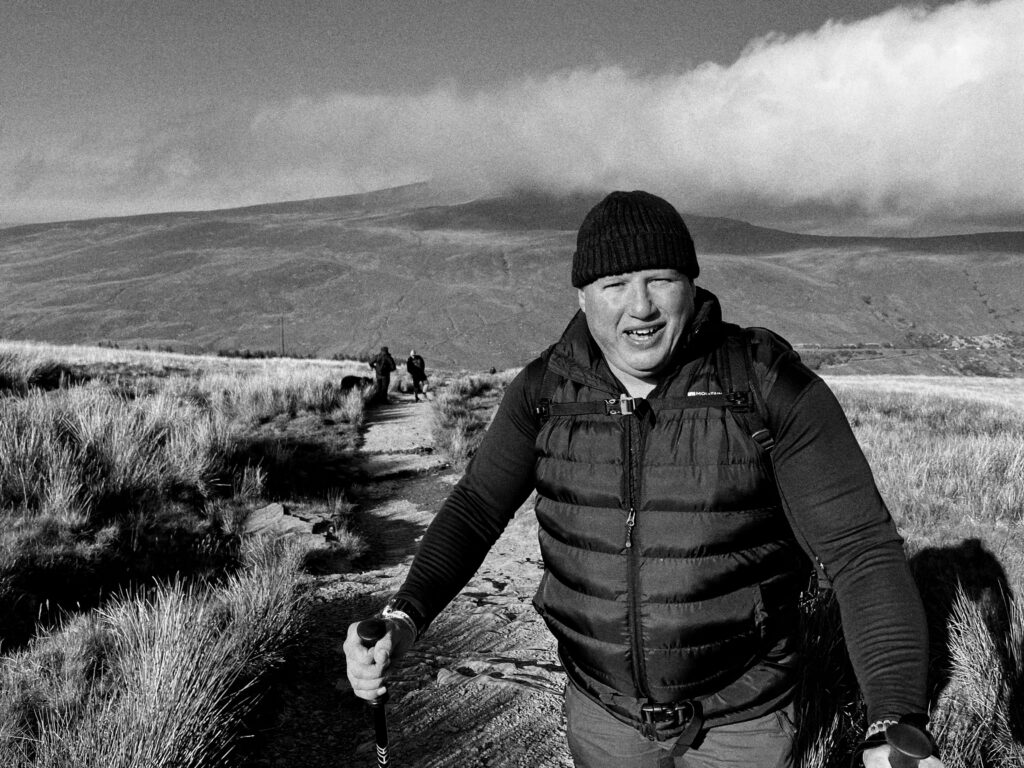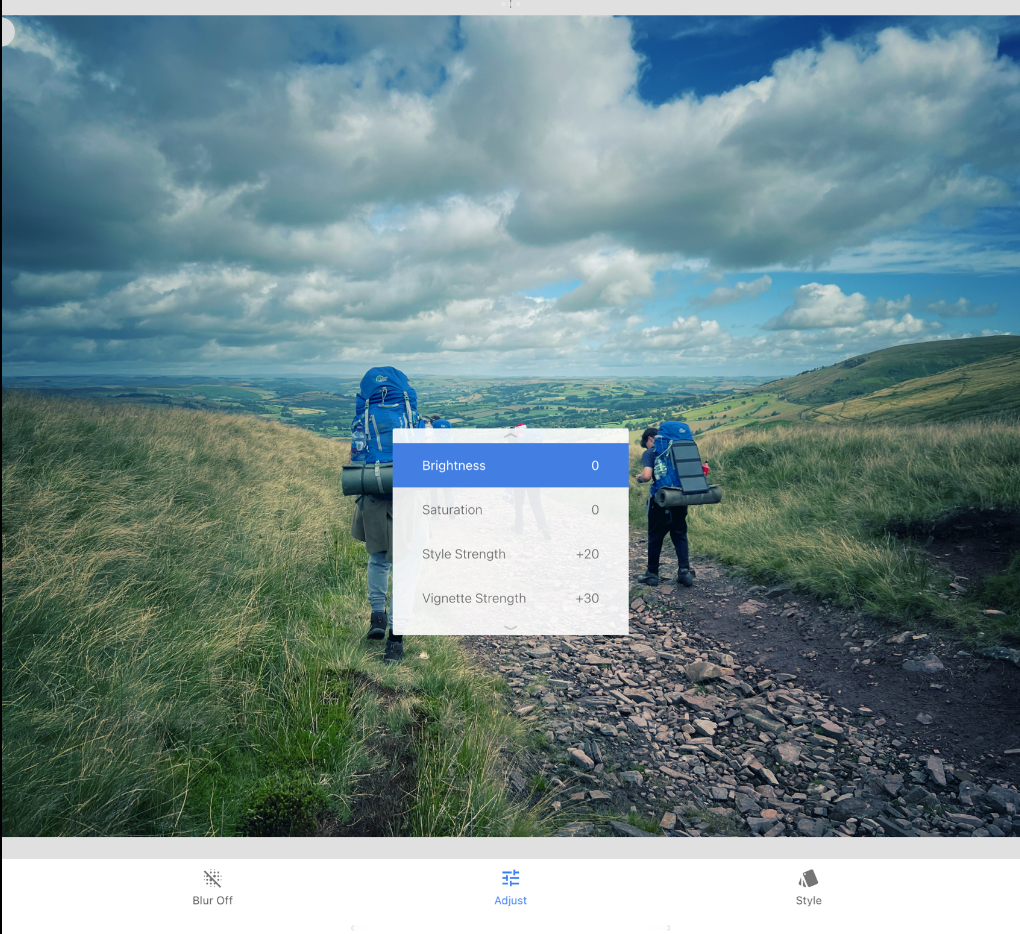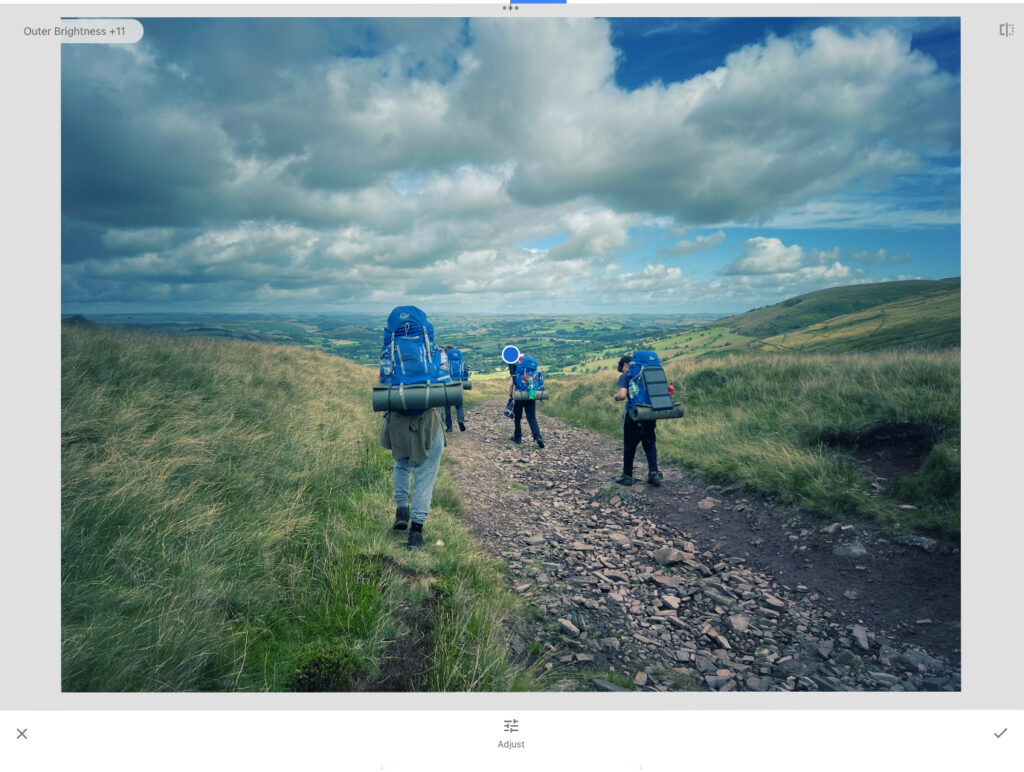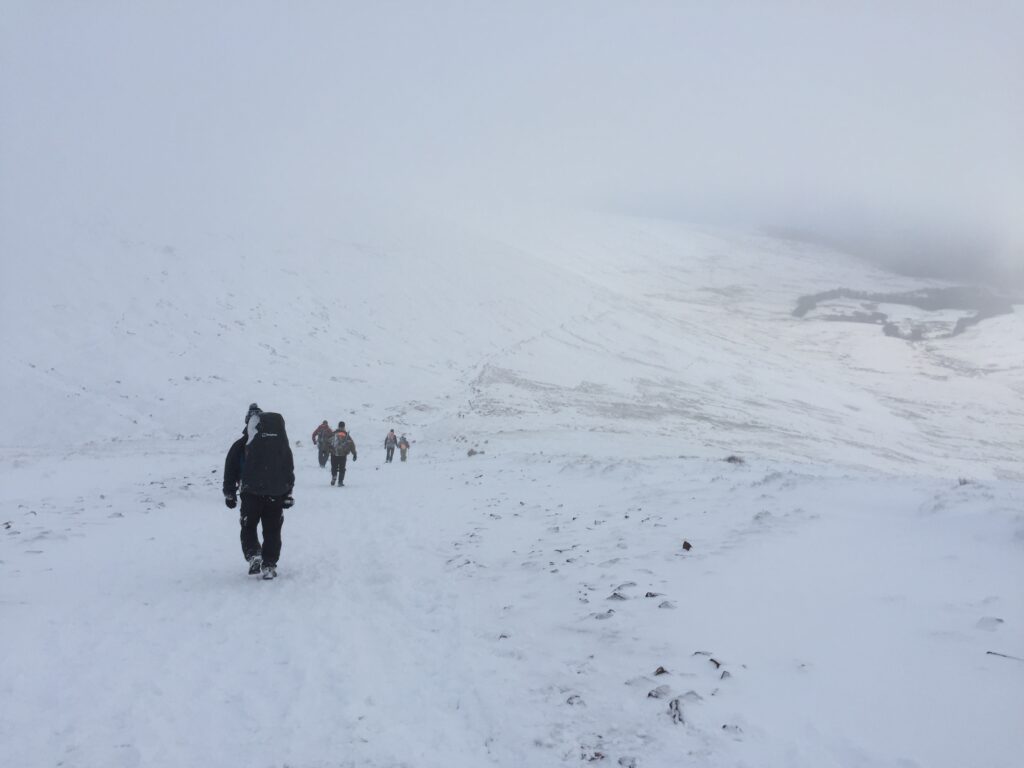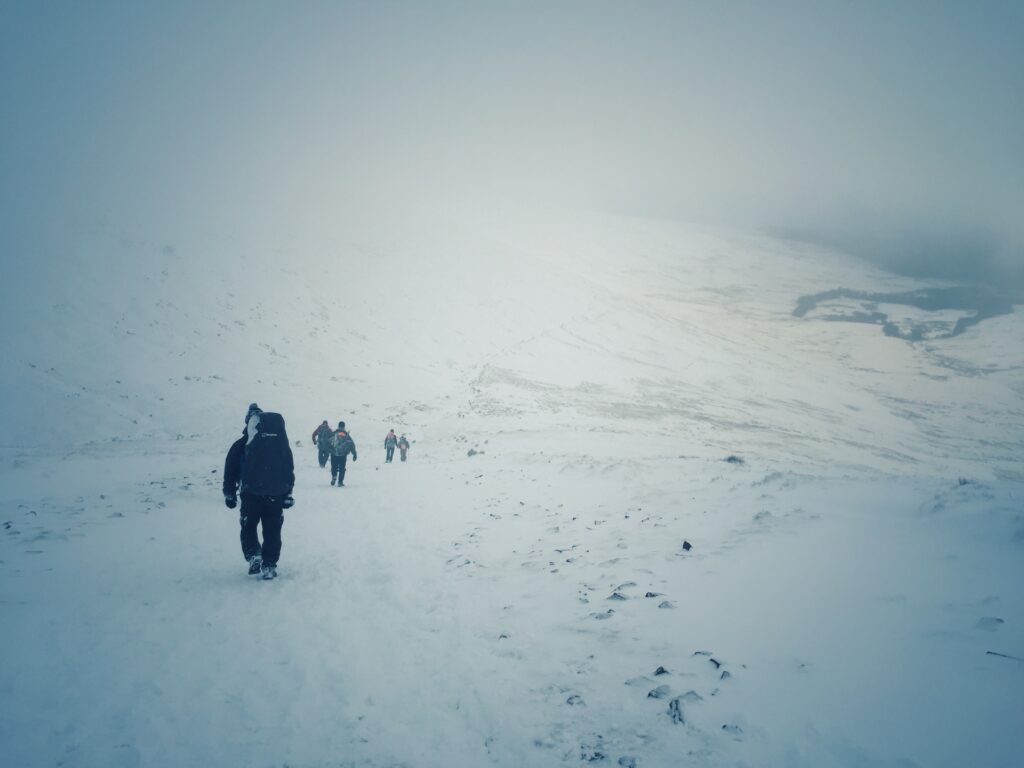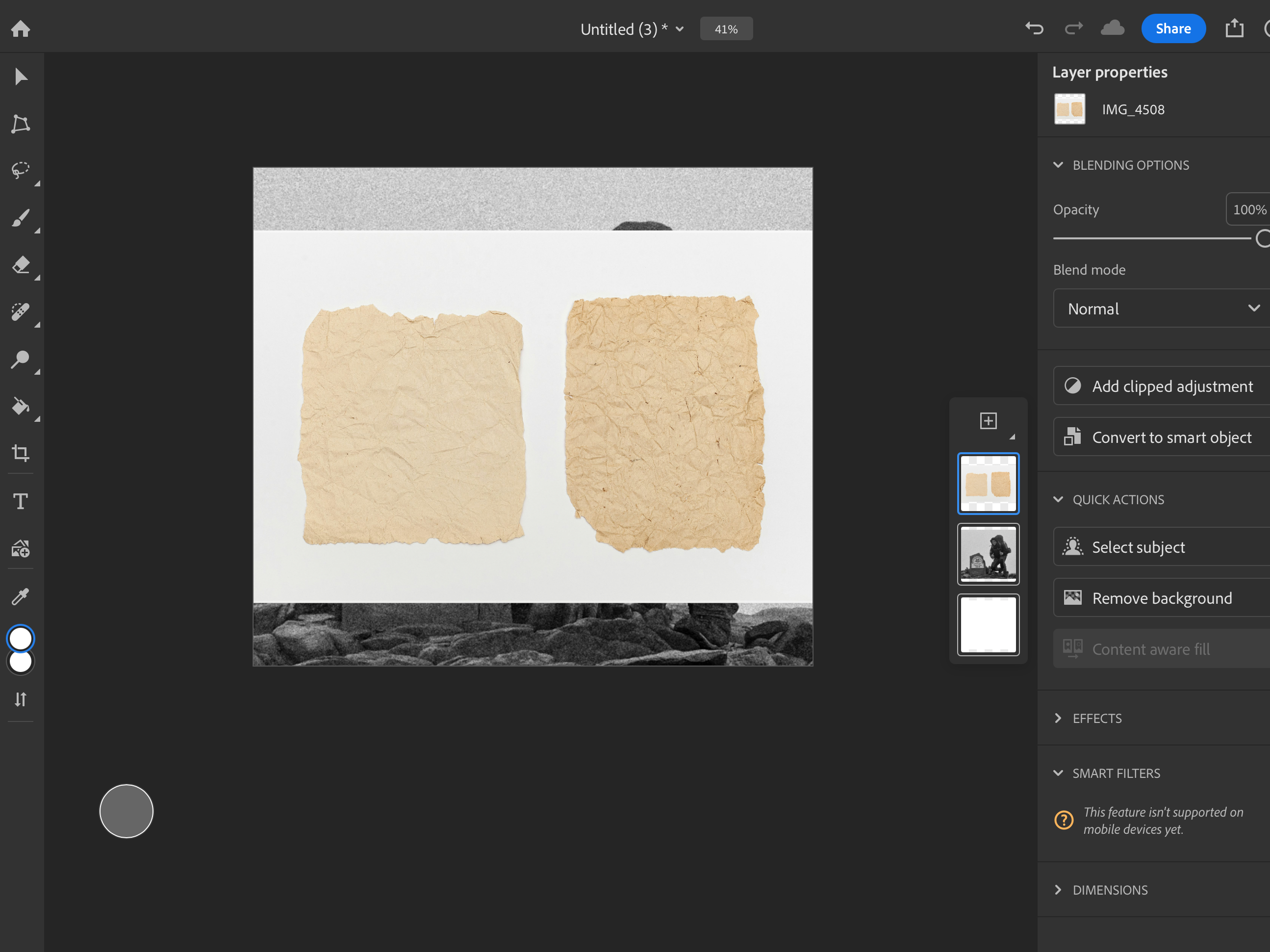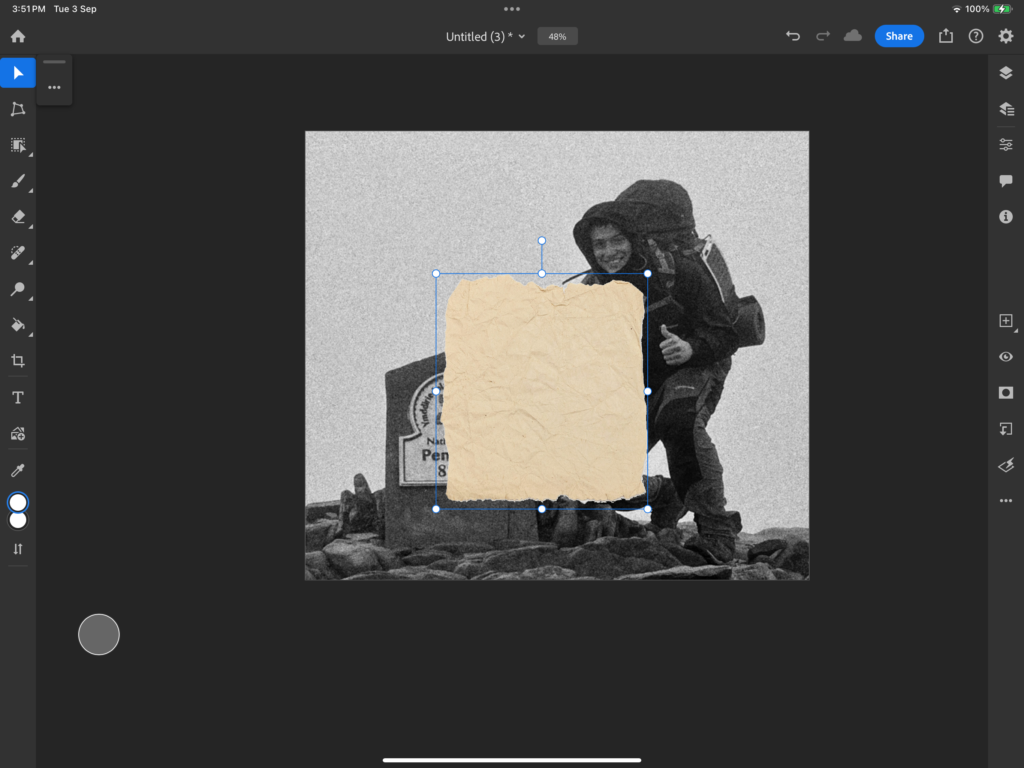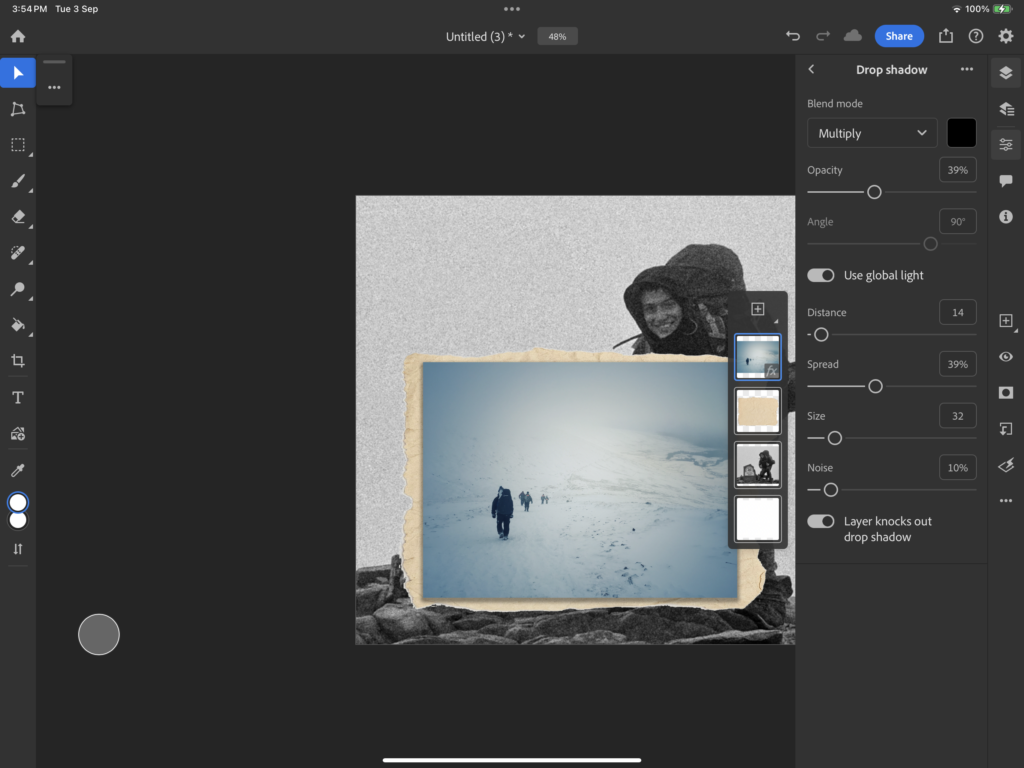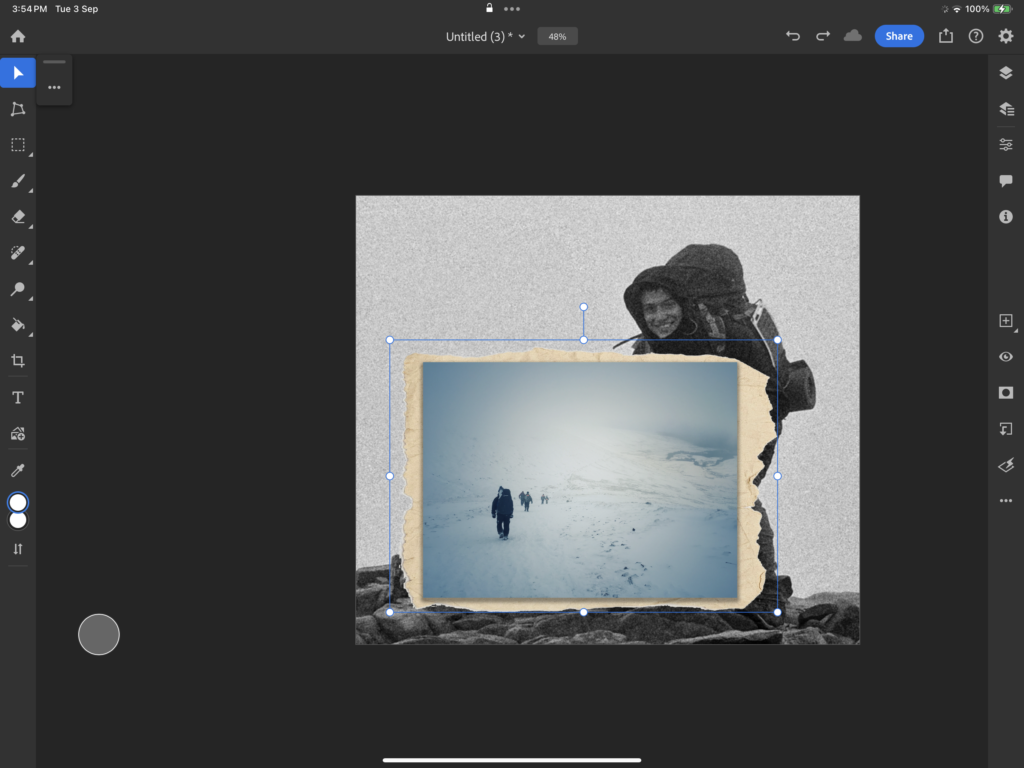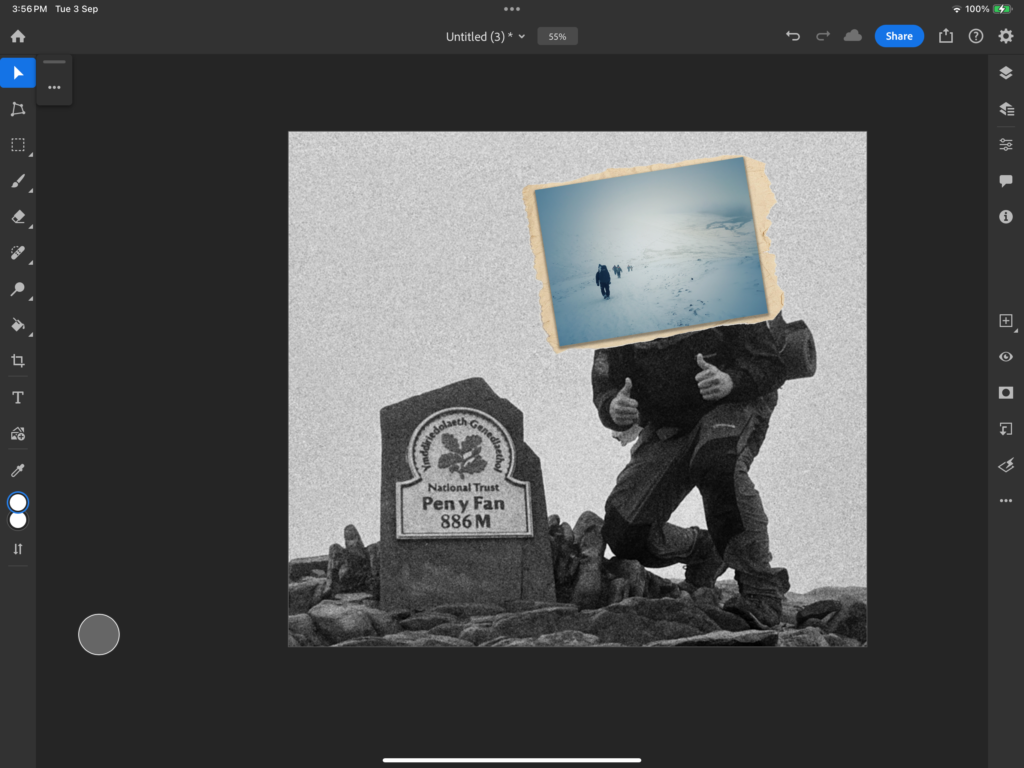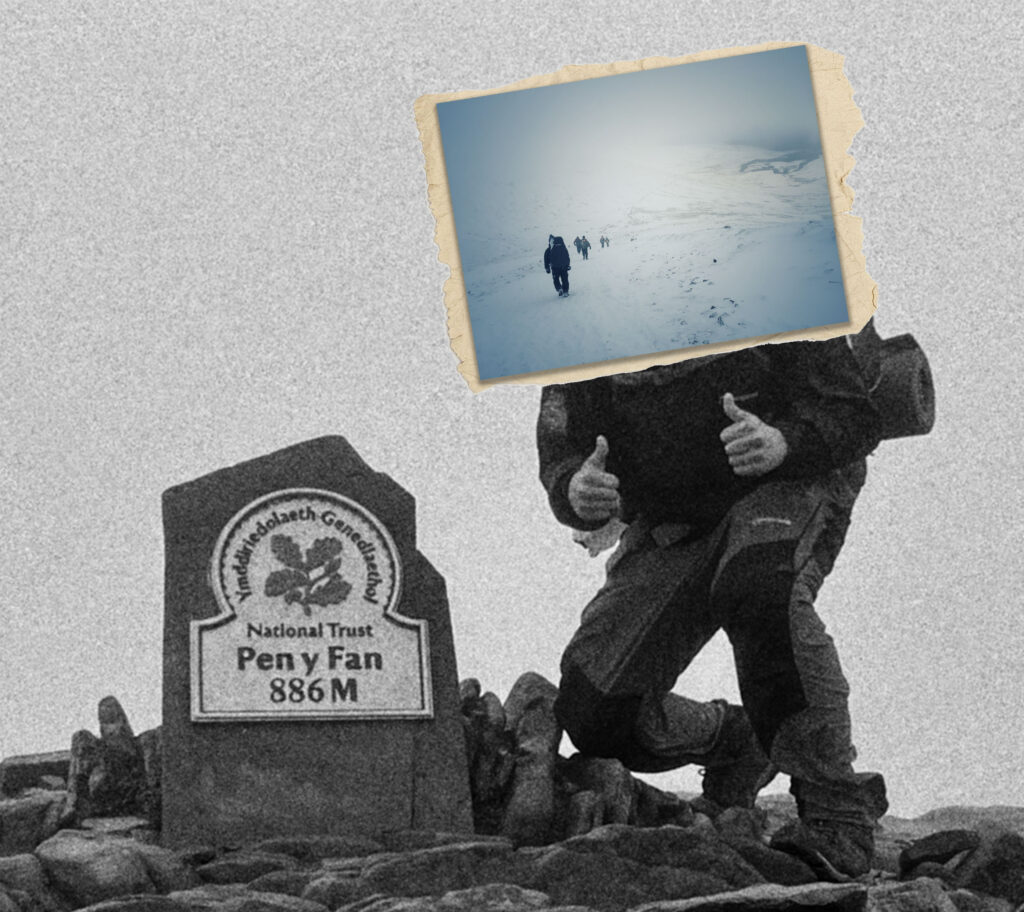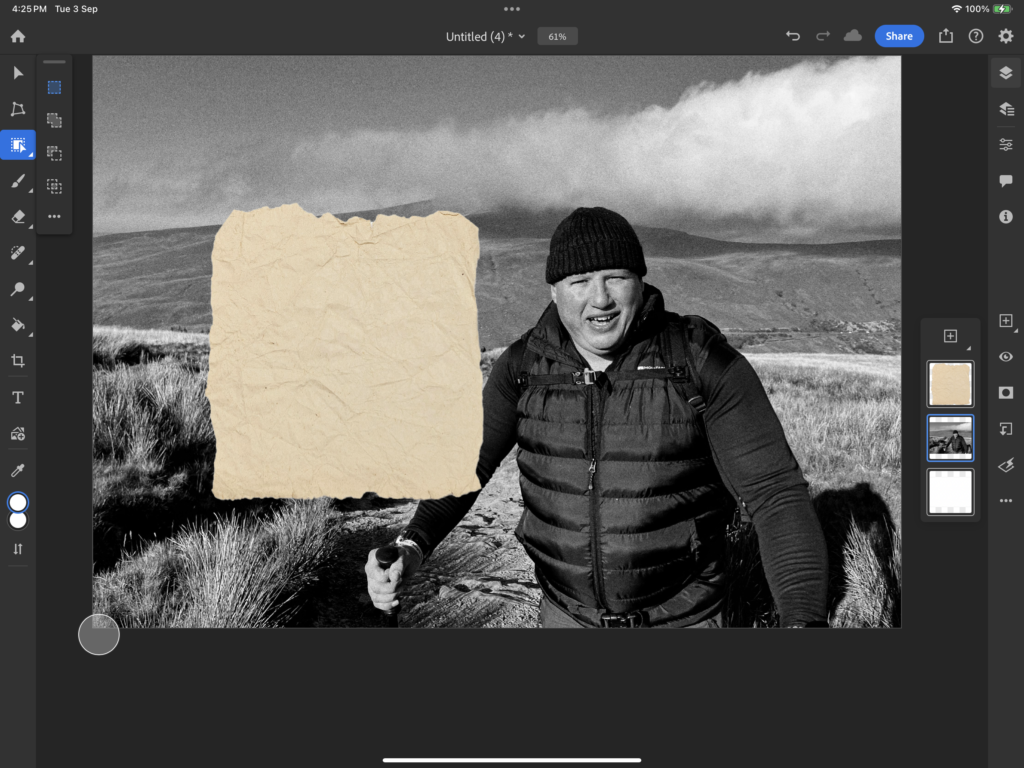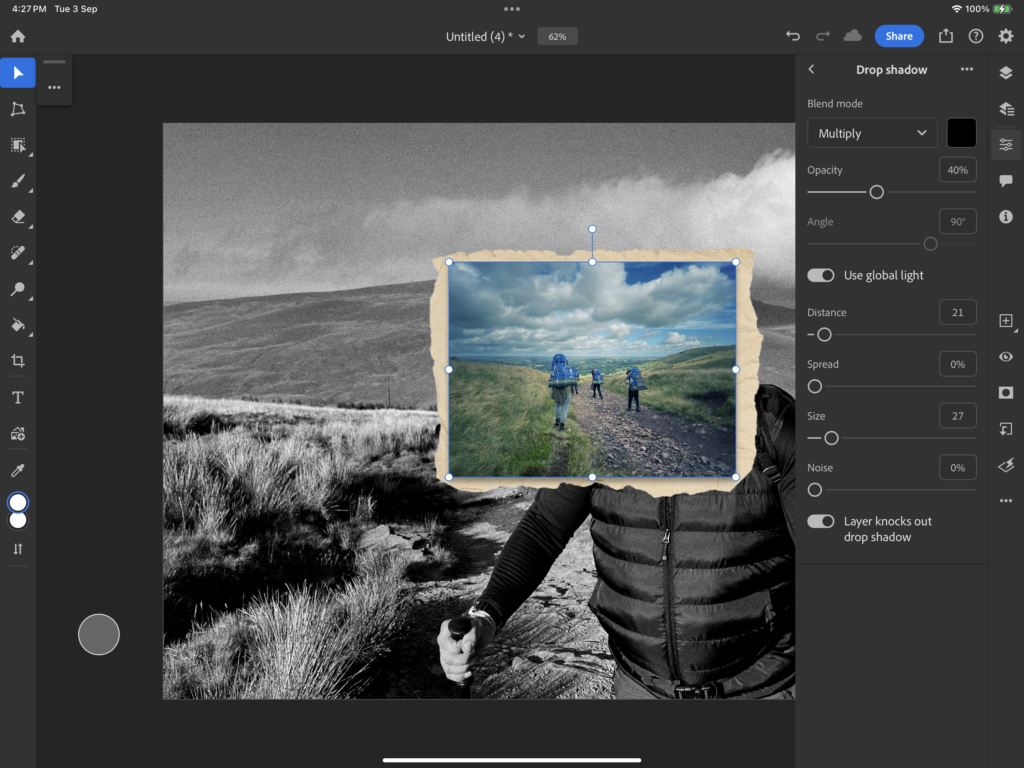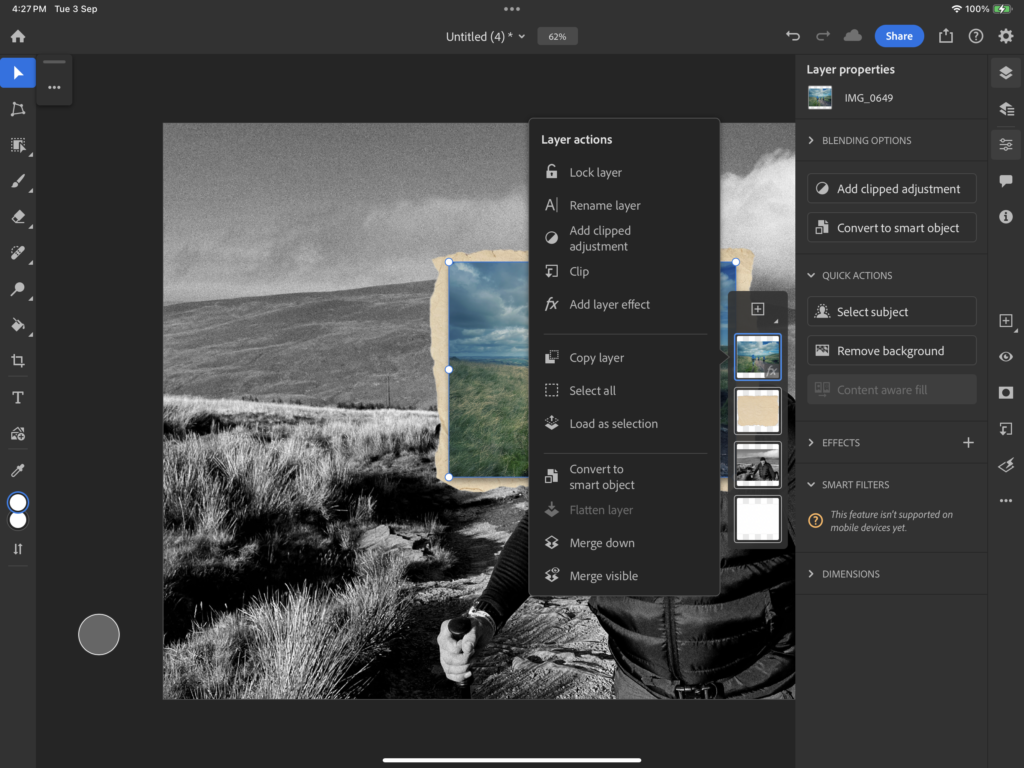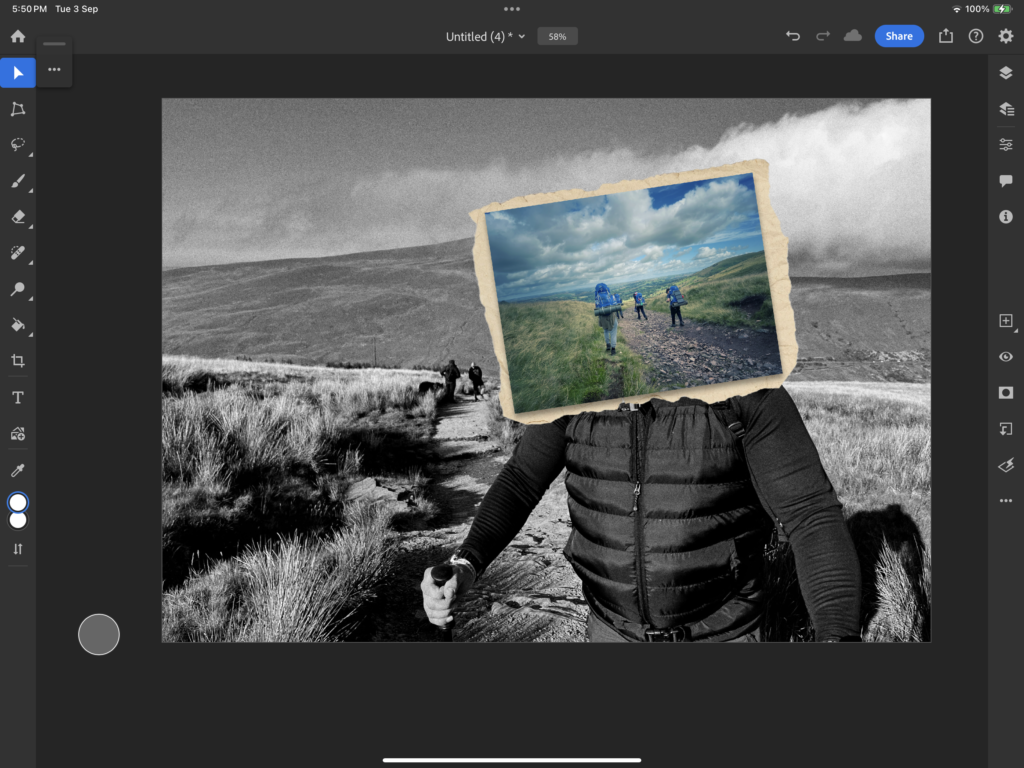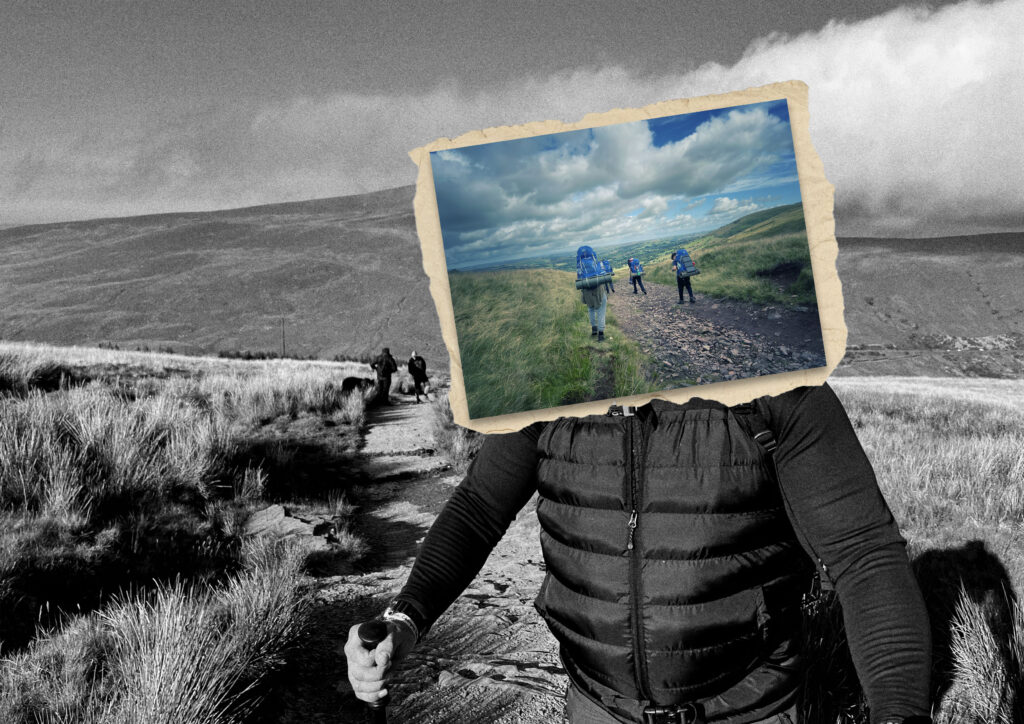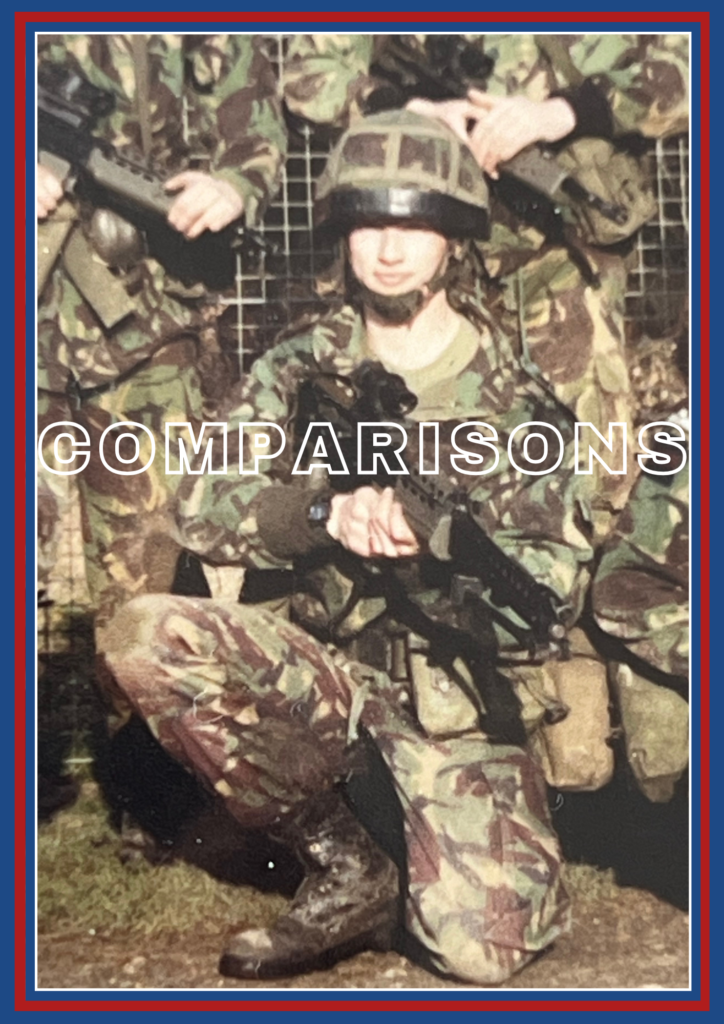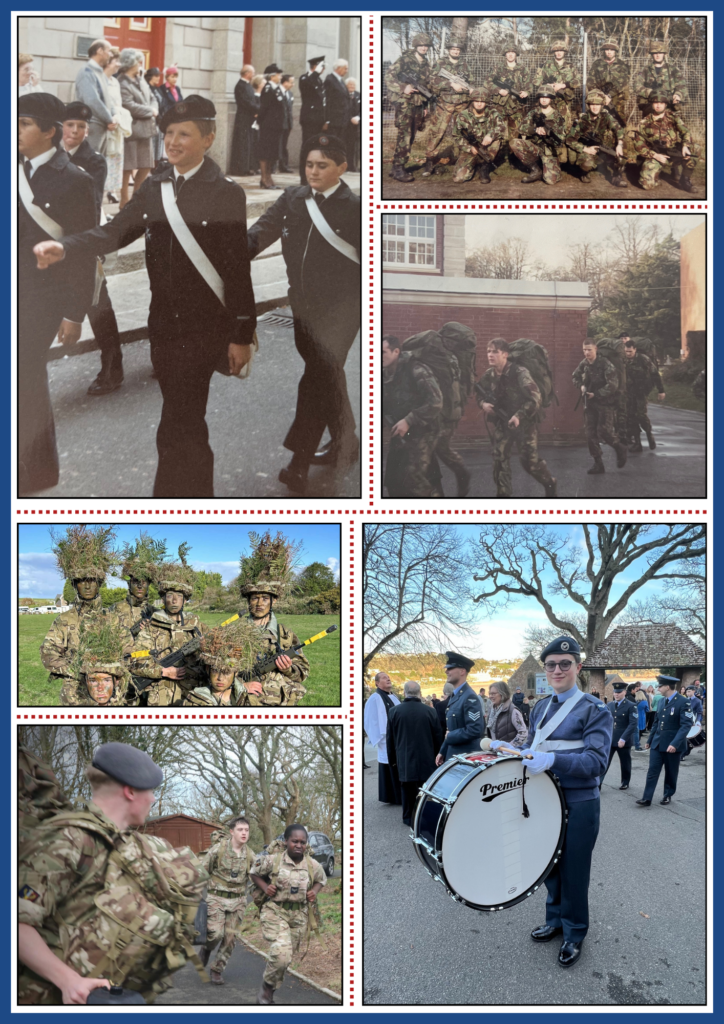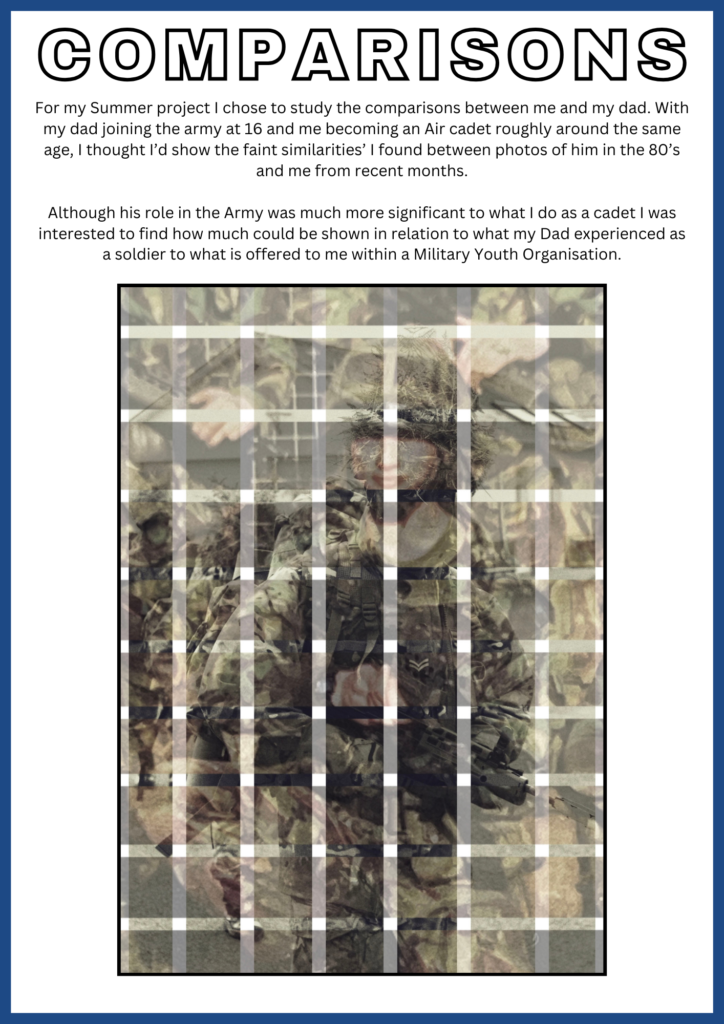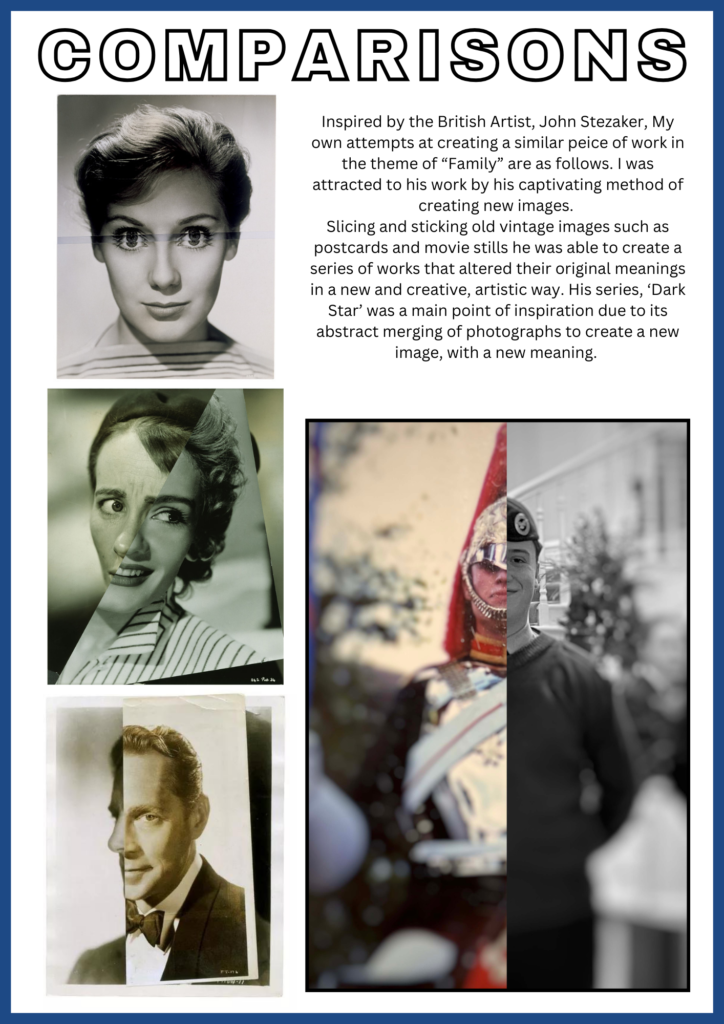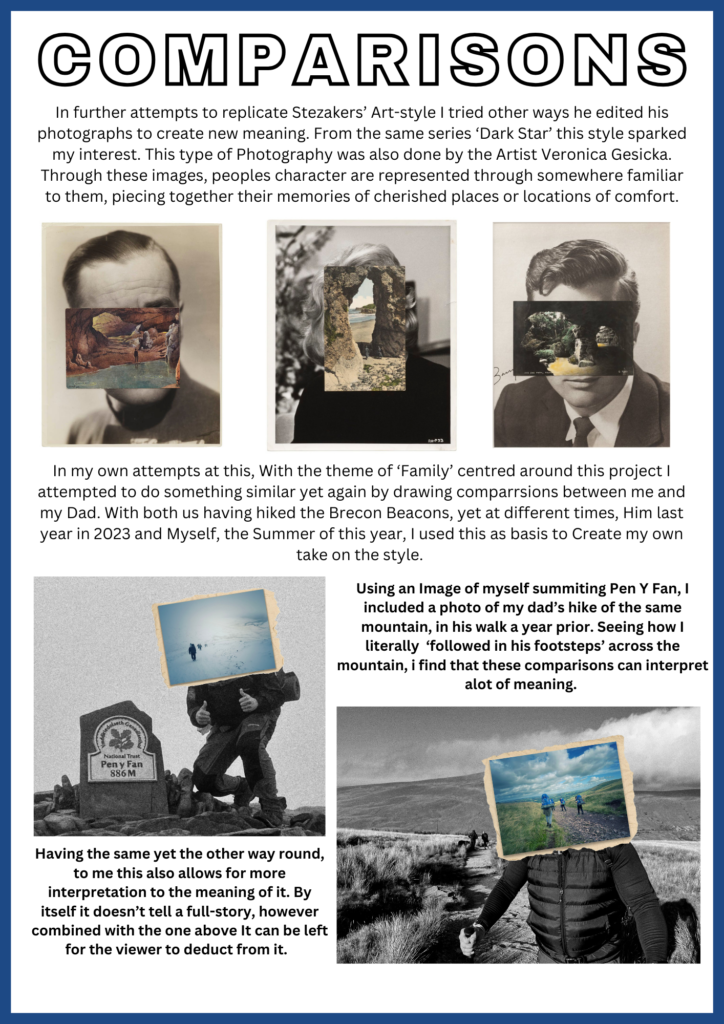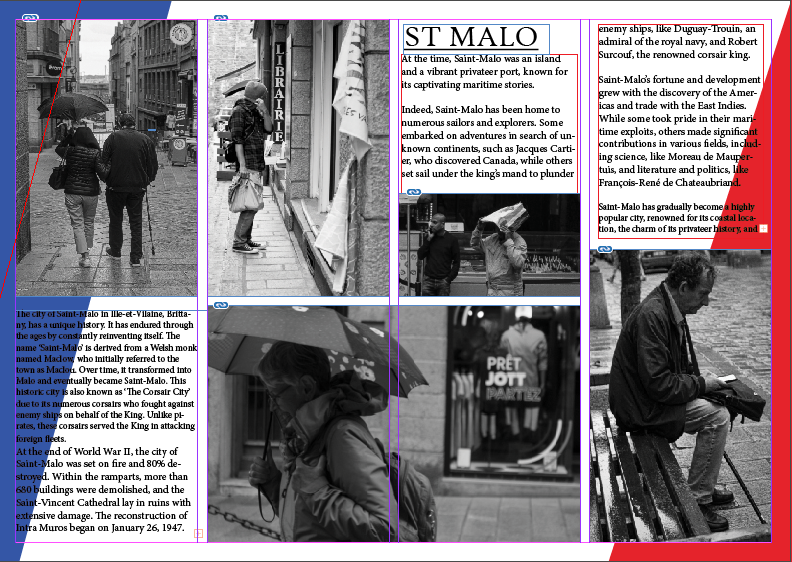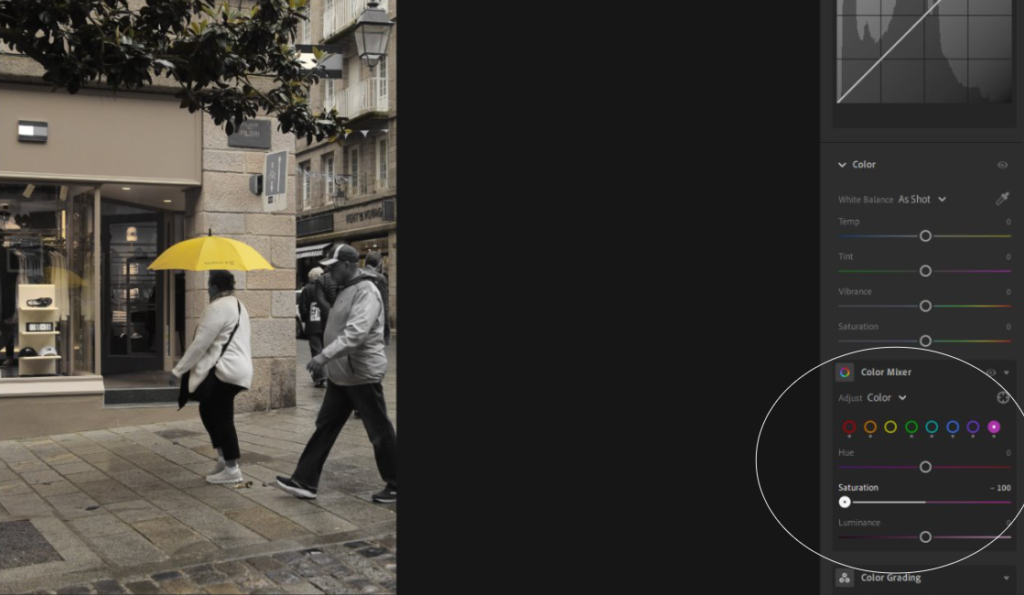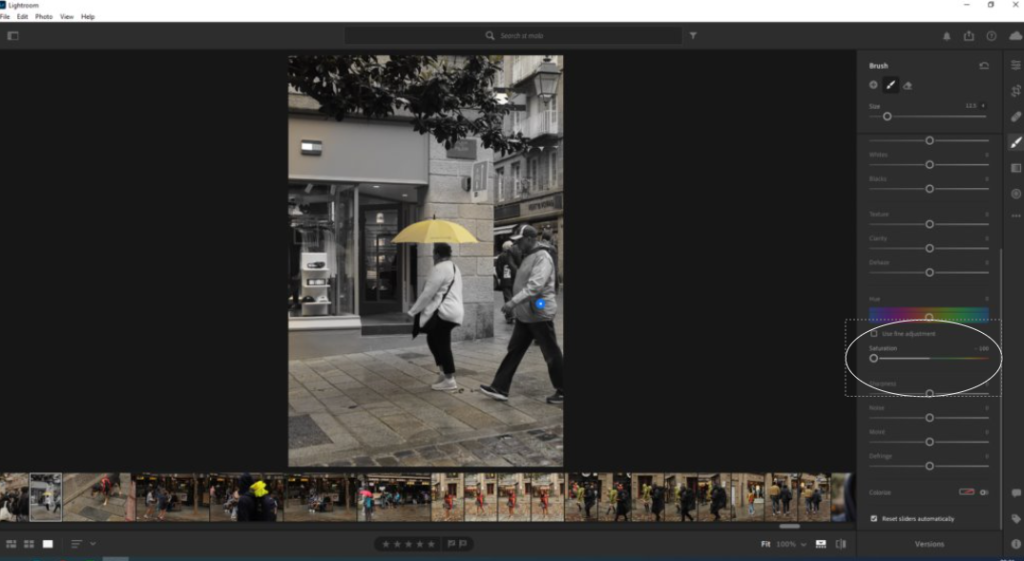What was the involvement of Jersey mariners in the Canadian cod-fisheries and the Transatlantic carrying trade?
When the first Europeans reached Canada is unclear, but it is thought to be Italian explorer John Cabot’s descriptions of ‘new found landes’ and a sea swarming with fish in 1497 that drew fishermen to the north of the continent, and around 1600 English fishing captains still reported cod shoals
By the beginning of the 16th-century Basque fishermen were travelling to the region to fish and, by 1580, around 10,000 European fishermen were making the transatlantic voyage to the area each year to fish for cod.
Channel Island fishermen were among these and by the 1750s they had set up lucrative trade routes between Canada, Europe and America, establishing bases on the Gaspé Coast where they could salt and prepare the cod.

Which ports did Jersey ships sail to and trade with?
A concerted effort to build harbours did not take off until the late 17th century, when work began on building a pier on the islet on which St Aubin’s fort stands. During the 18th century St Aubin’s harbour proper was constructed and work began on developing St Helier as a port, although the capital had to wait until the 19th century before it really began to develop as a port.
It was during the early 19th century that stone piers were built at La Rocque, Bouley Bay, Rozel and Gorey, to accommodate the oyster boats. The harbour at Gorey also took passenger traffic from Normandy. The primary purpose of these harbours was the movement of cargoes and not people.

What type of goods did Jersey merchants exchange for cod-fish?
Jersey cod-merchants also exported cod-fish to British colonies in the West Indies and later Brazil too in exchange for plantation goods, such as sugar, molasses, rum, cotton, coffee and tobacco which it brought to markets in America, Europe and the UK (inc. Jersey). Within that context Jersey benefitted from the profits made in the British Empire build on a capitalist model of a slave-based economy.

To what extend, has the island of Jersey benefitted from its constitutional relationship with Britain and the legacies of colonialism based on a slave plantation economy during the first Industrial Revolution (1760-1840)?
By the 1770s there may have been up to 70 Jersey ships and 2,000 Jerseymen engaged in the cod trade. By the 1840s it is estimated that the industry directly employed 4,000 people. Also, many others were engaged in manufacturing goods to be exported to the Canadian settlements. https://www.policy.je/papers/jerseys-history


